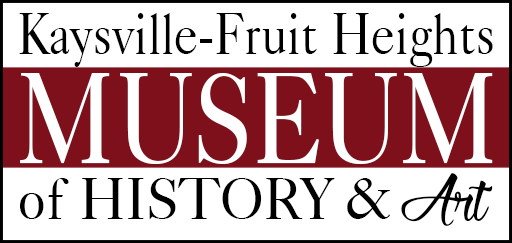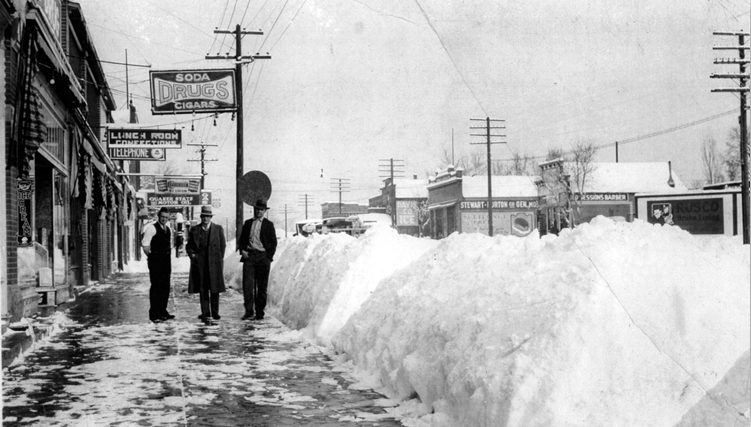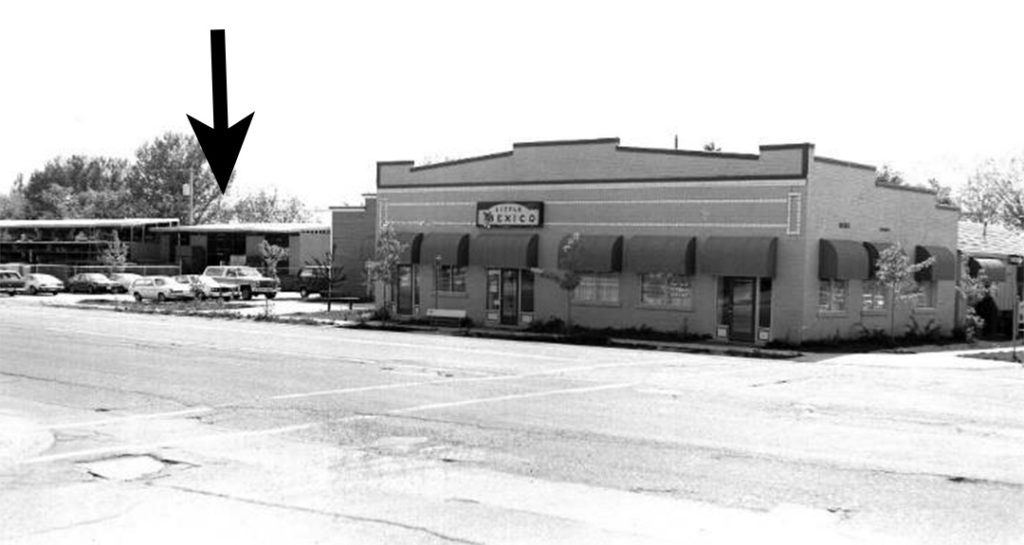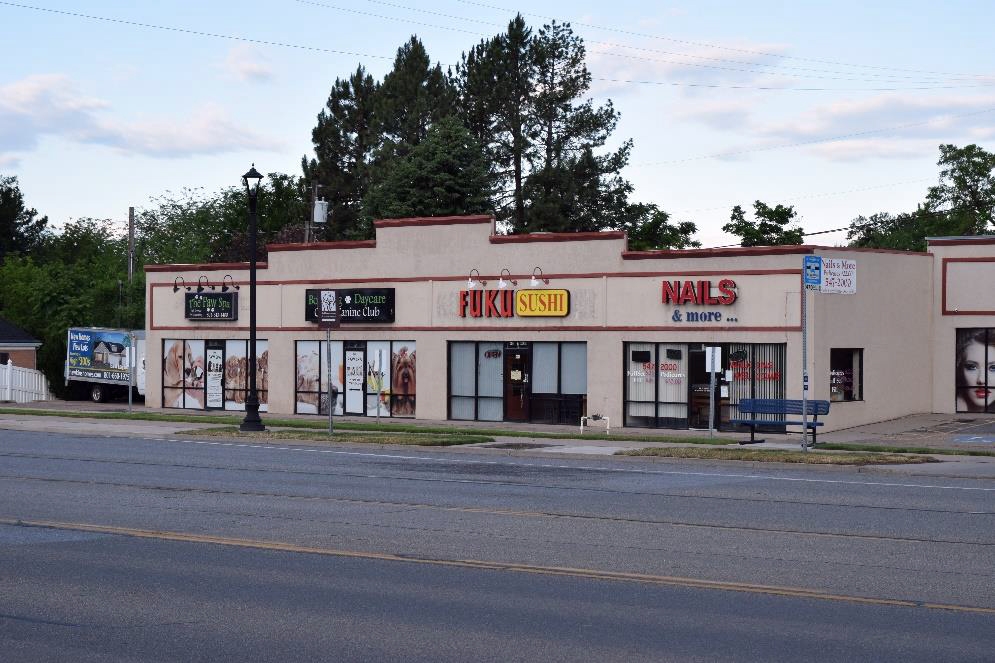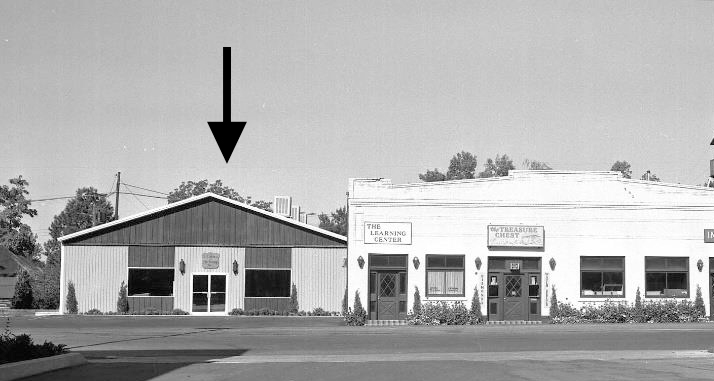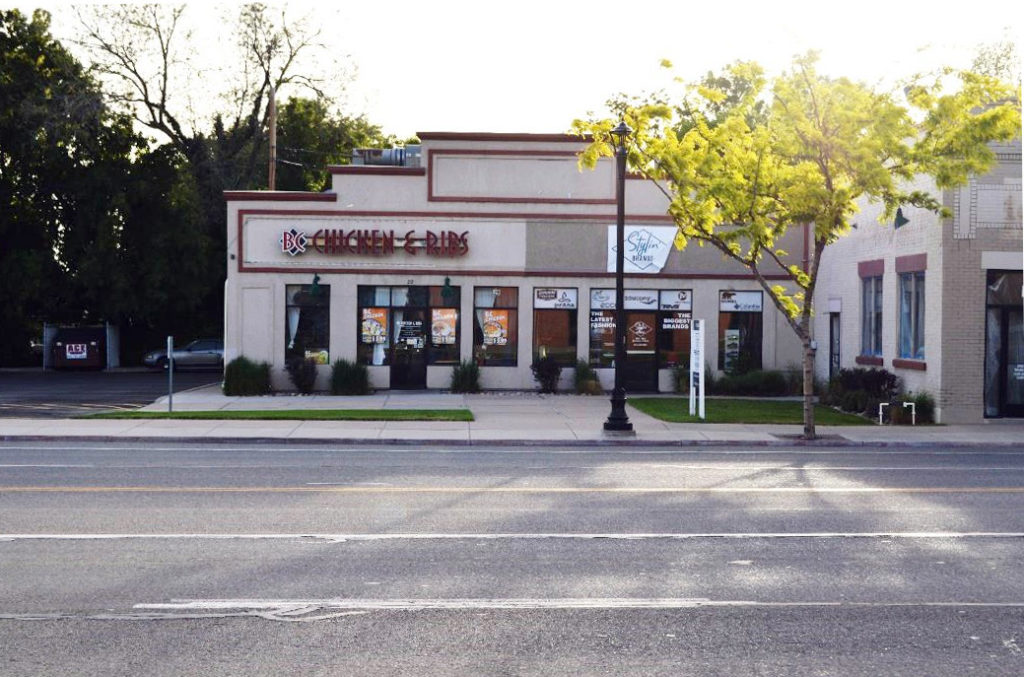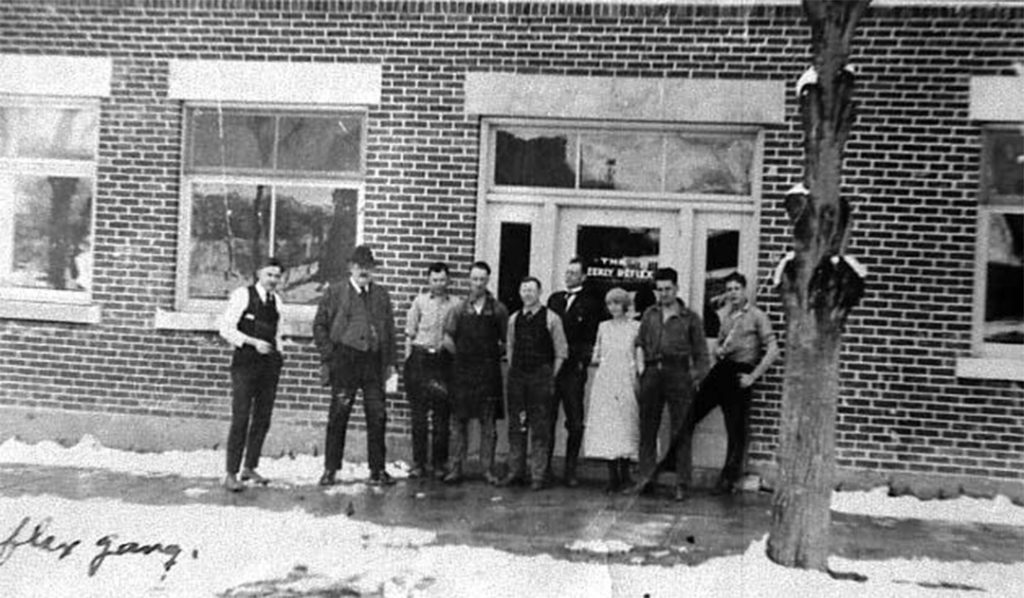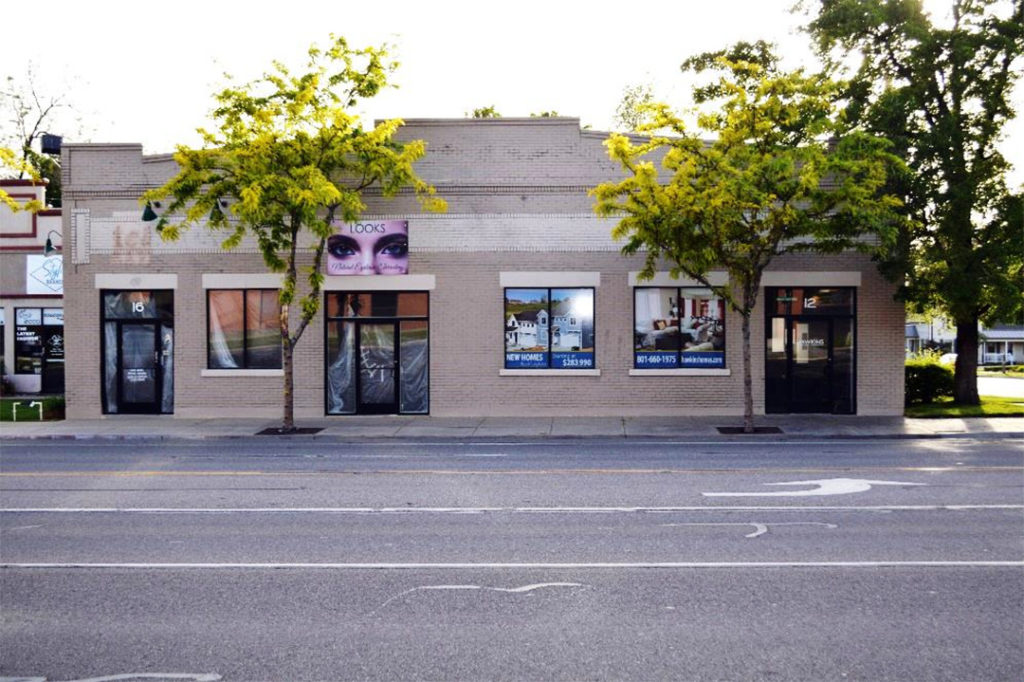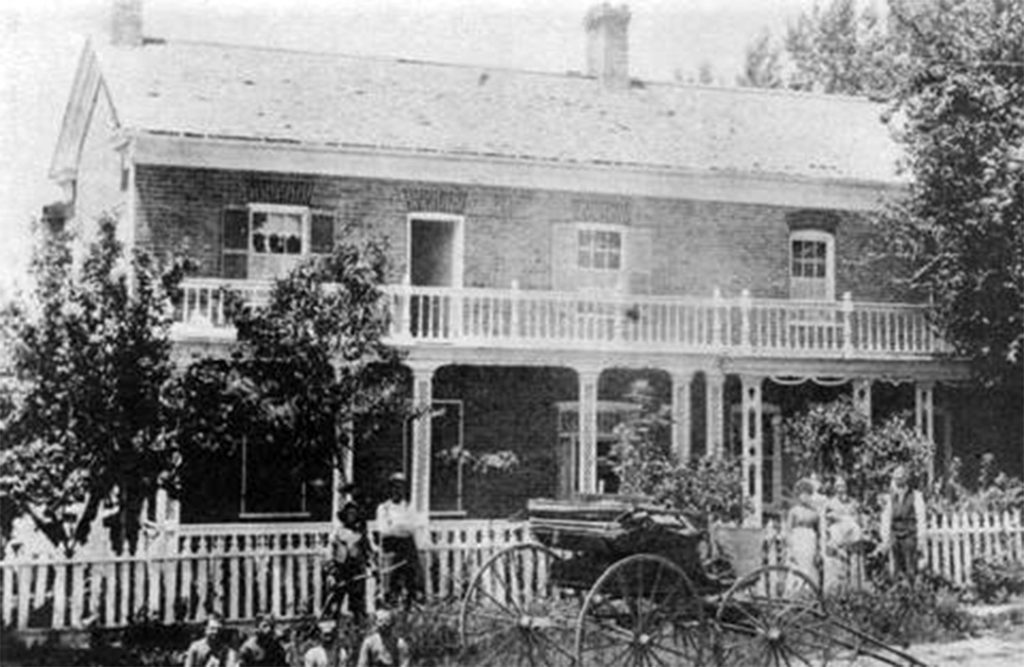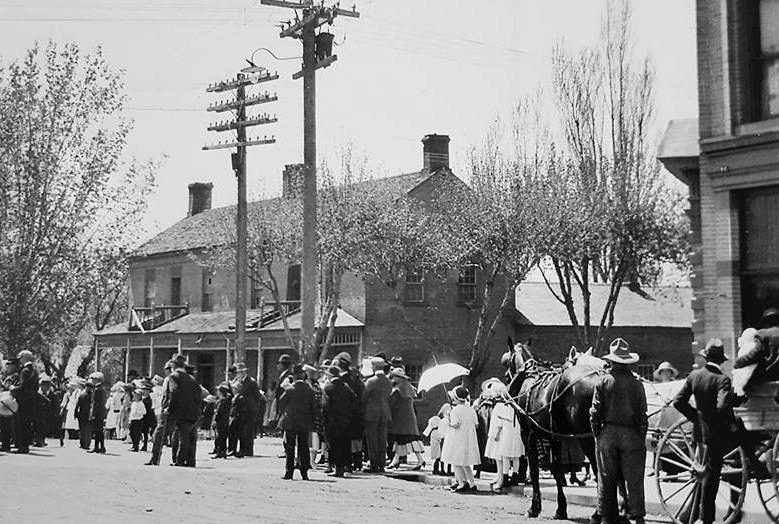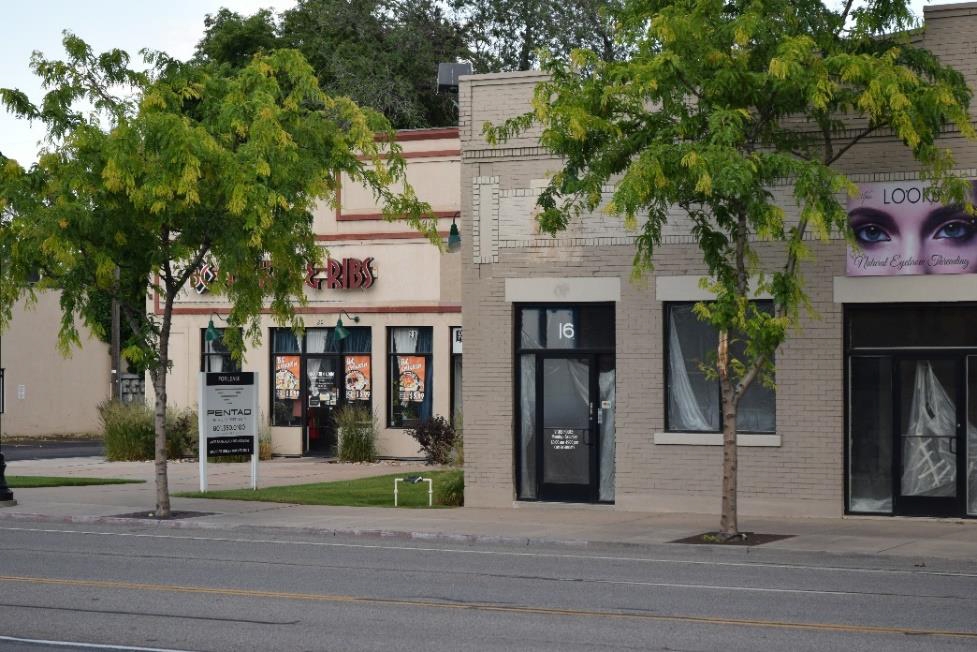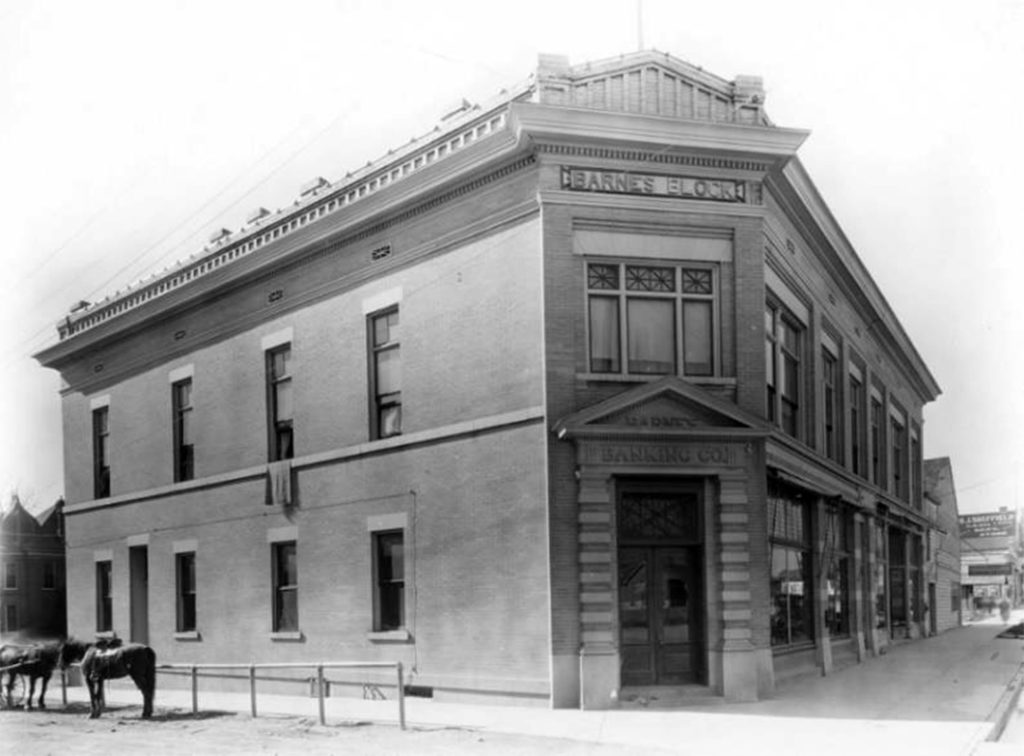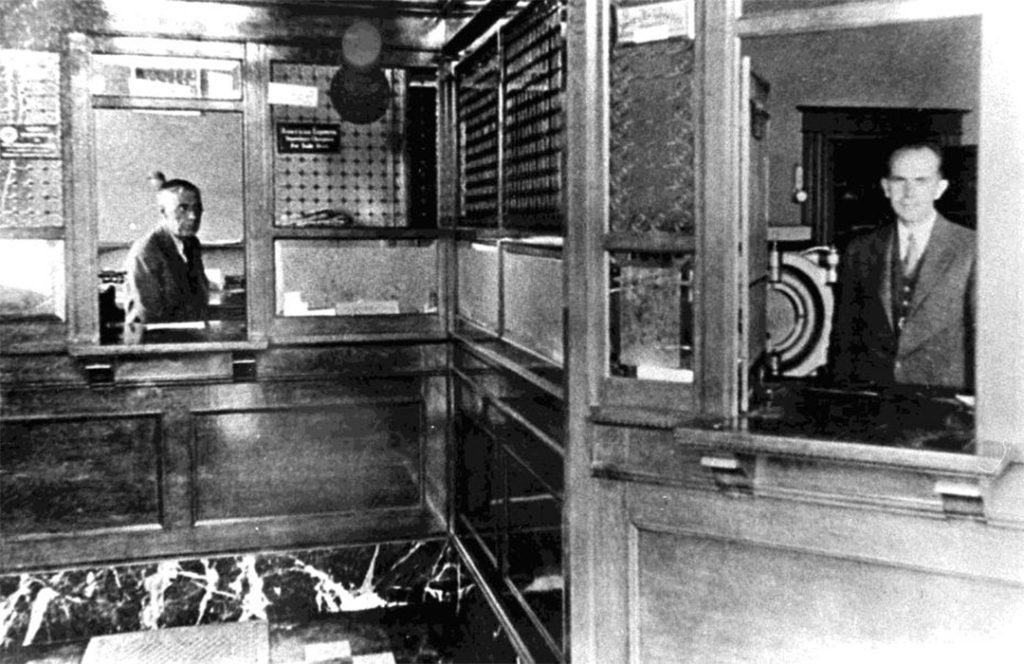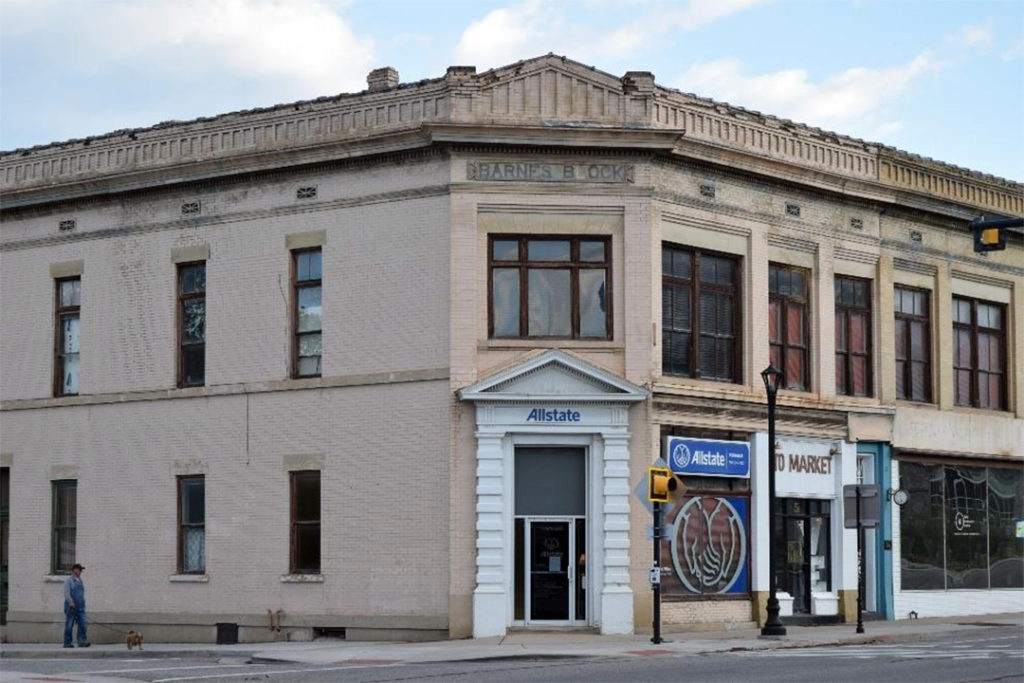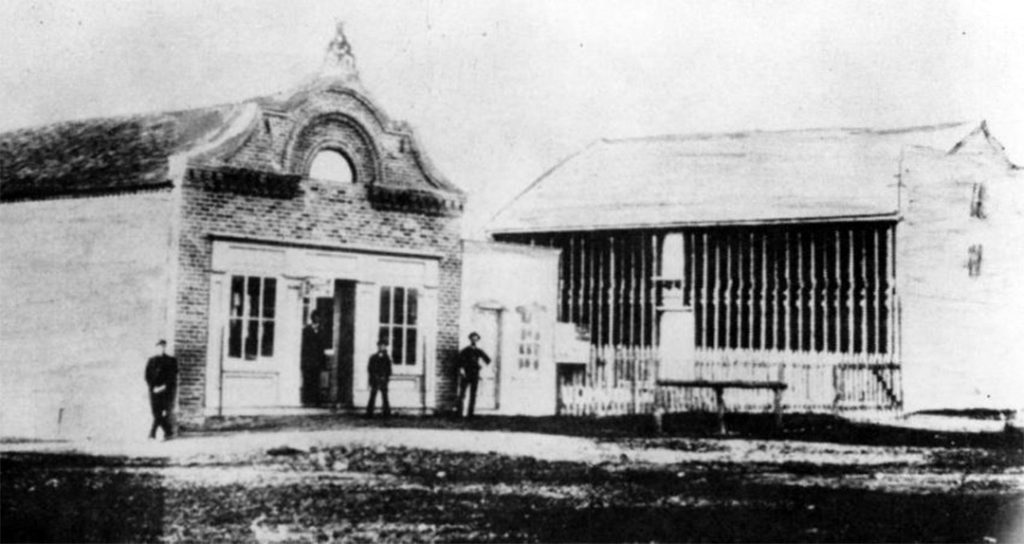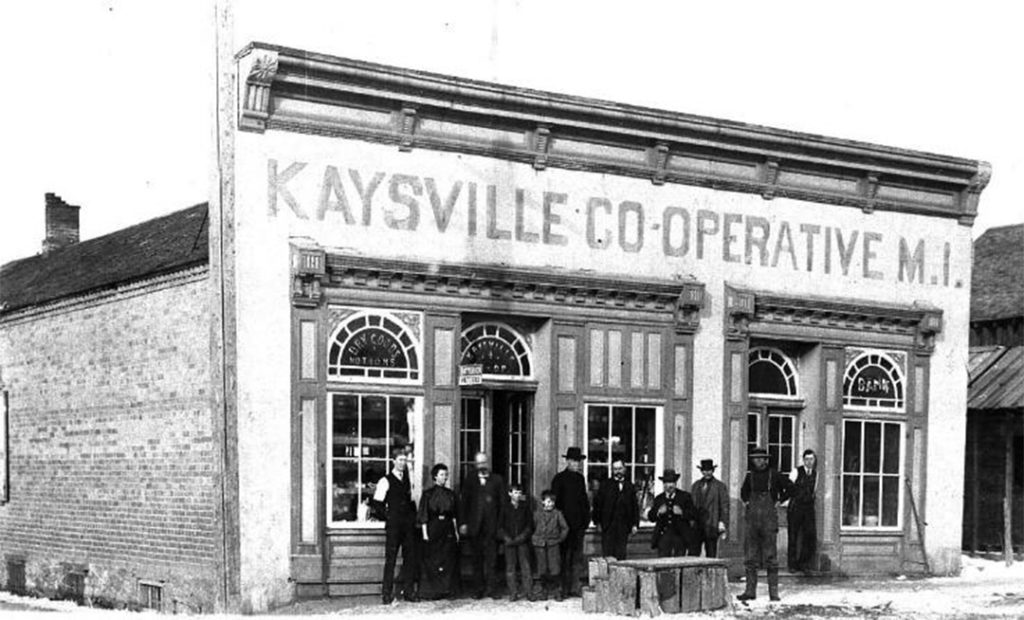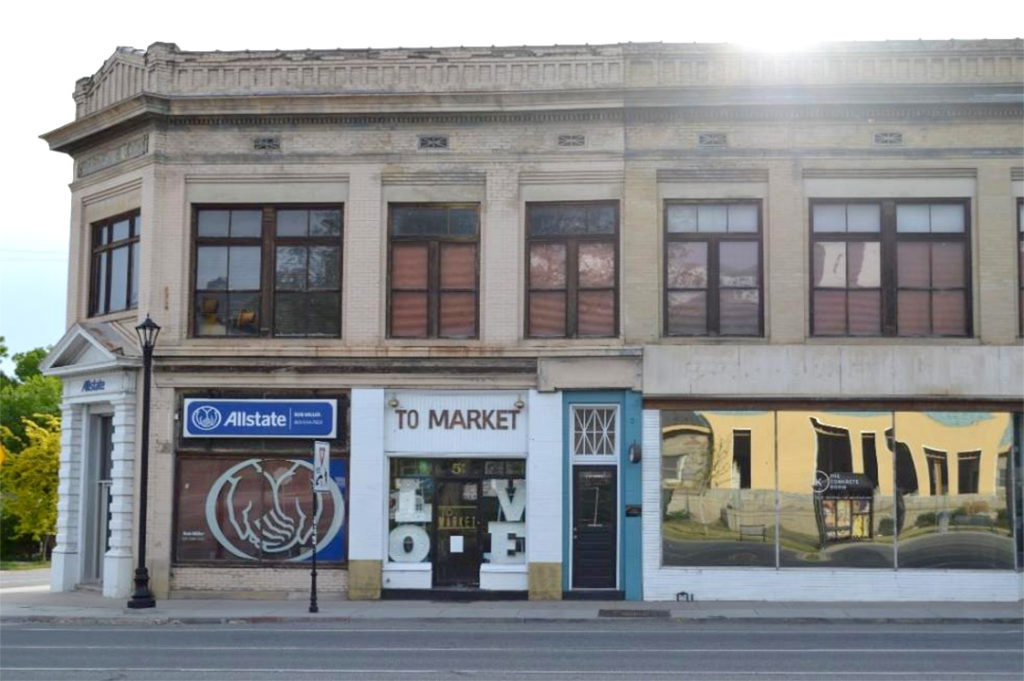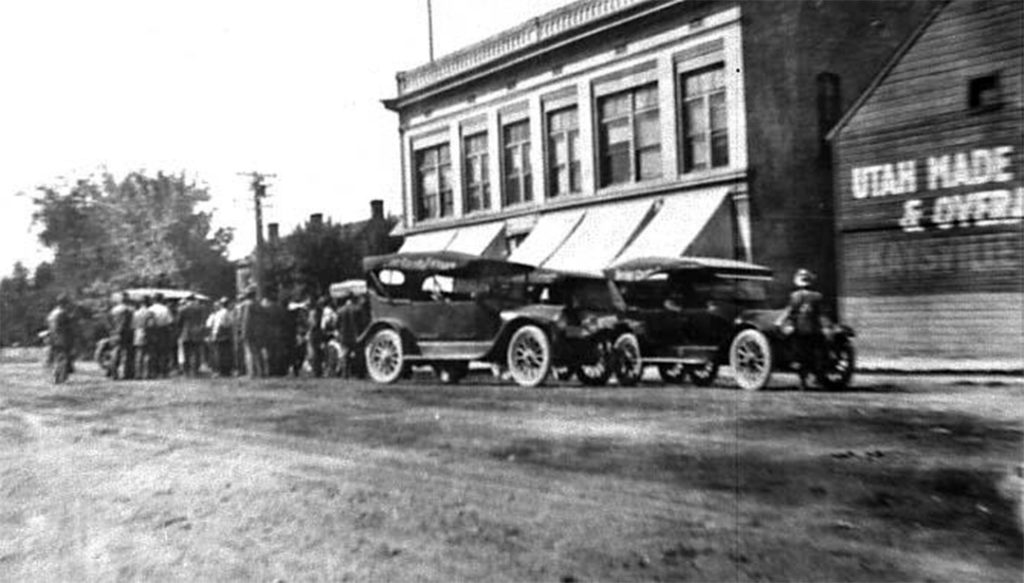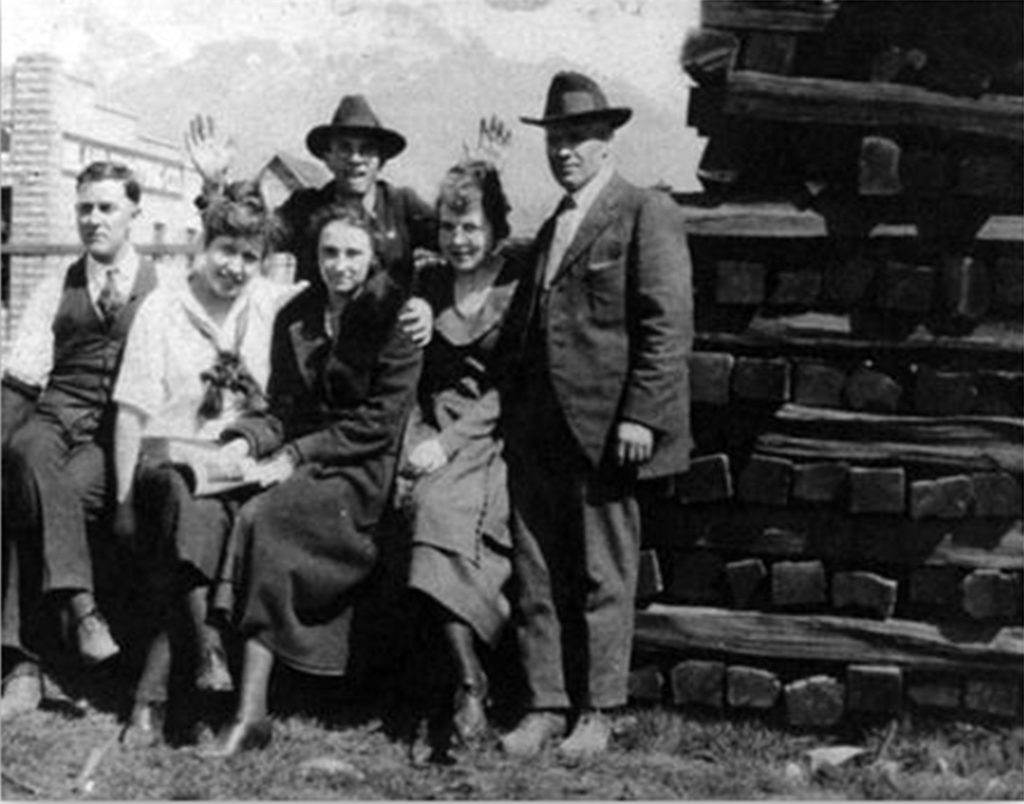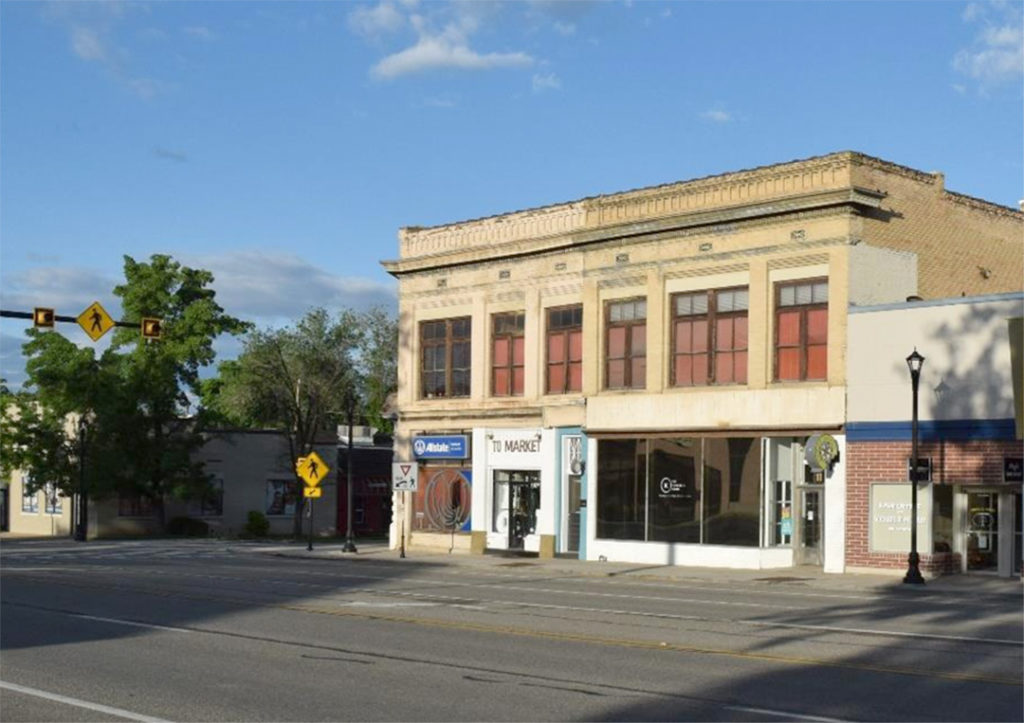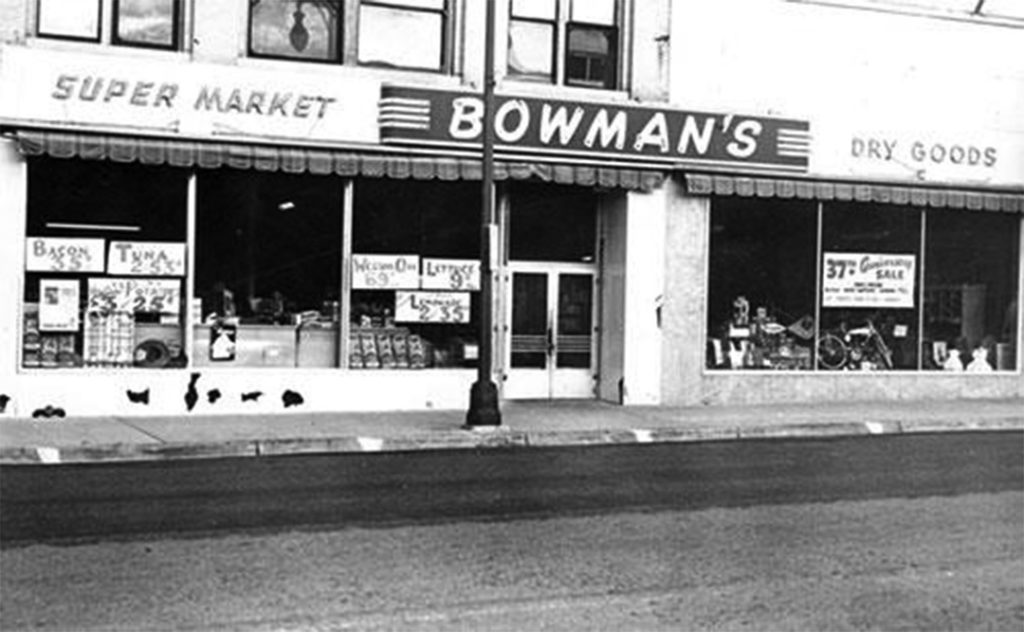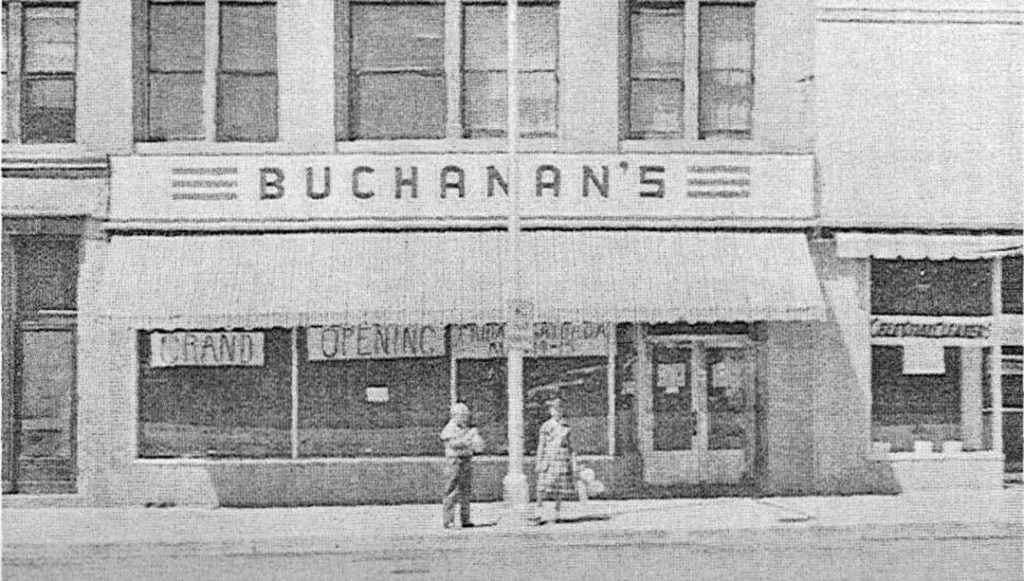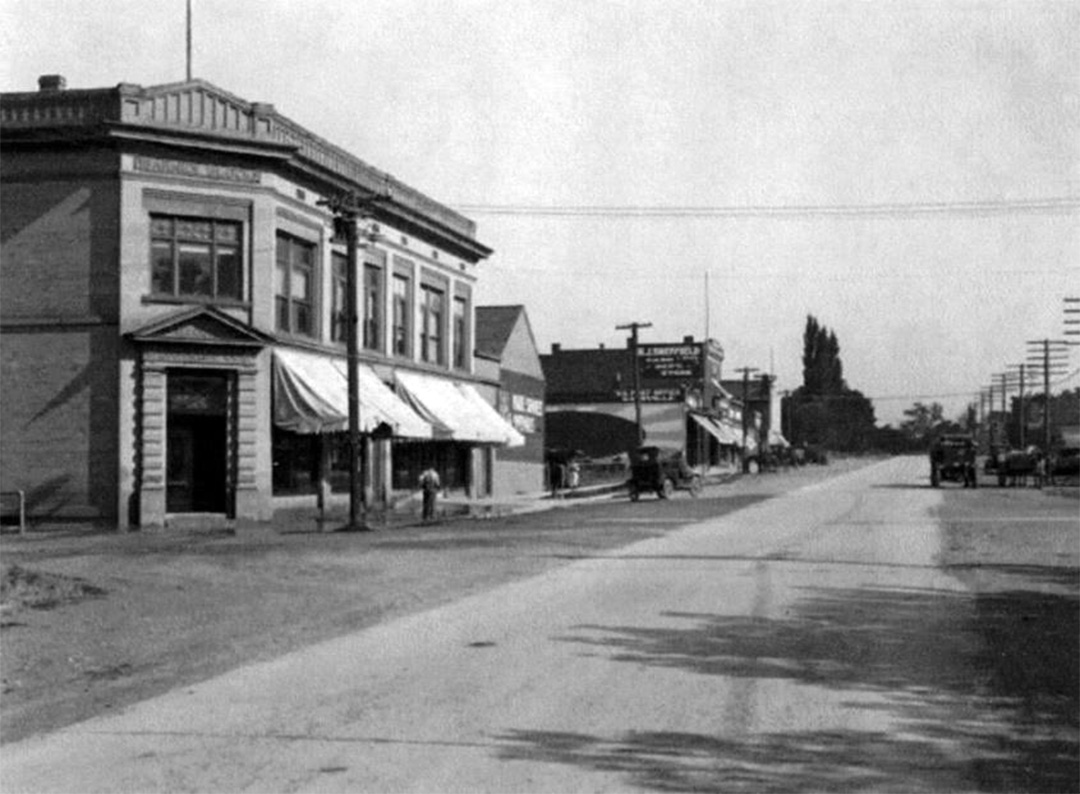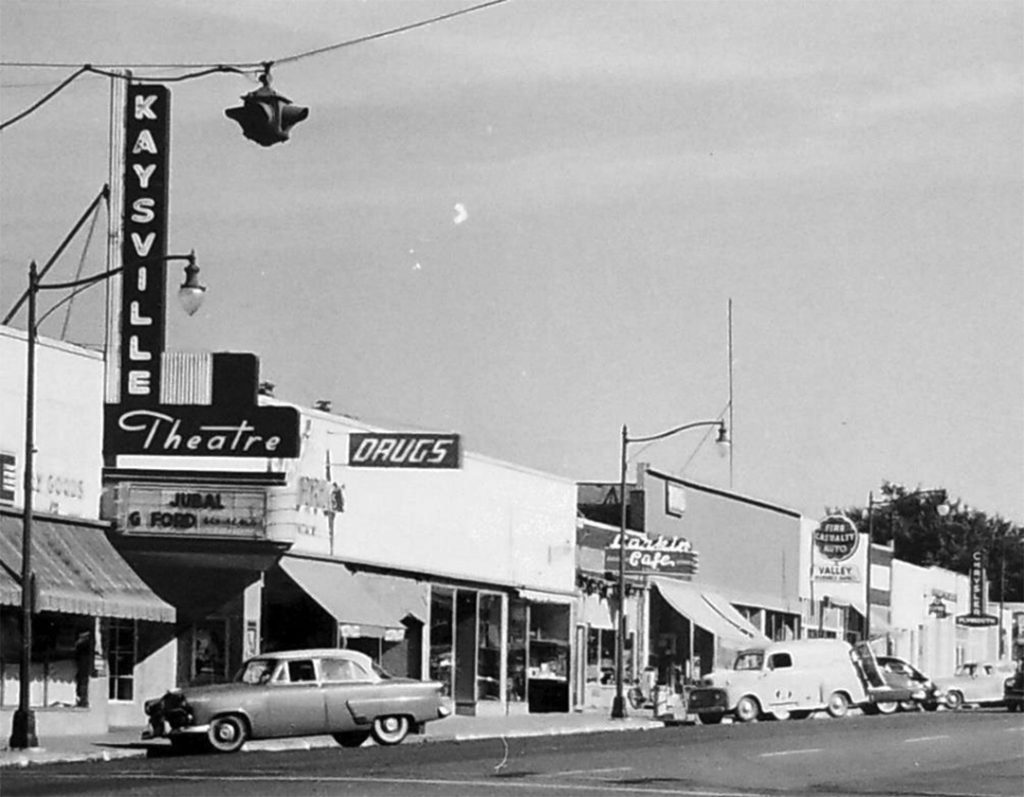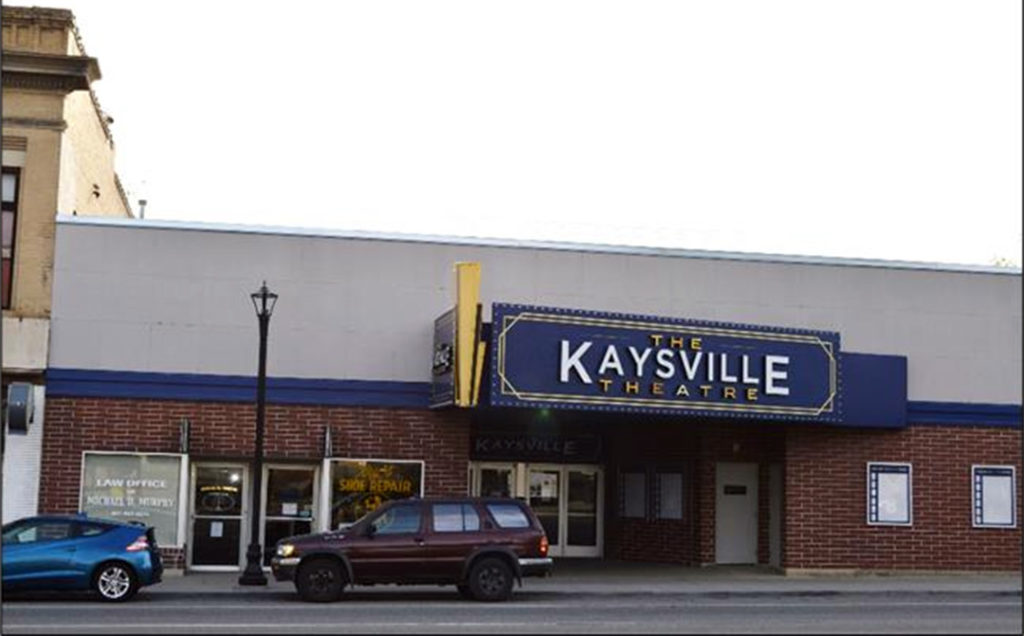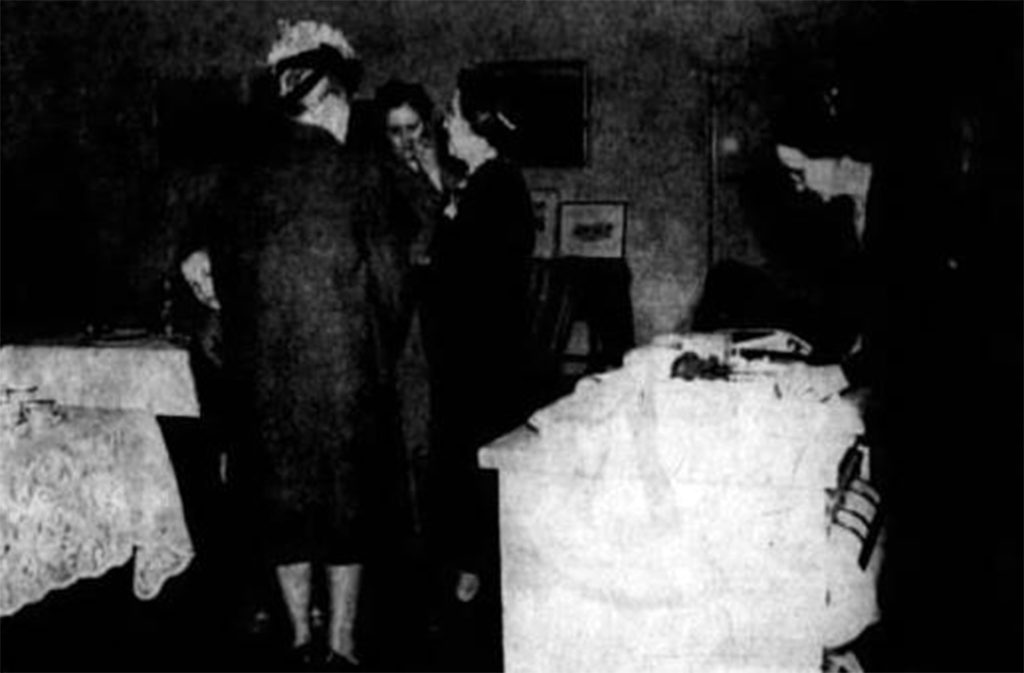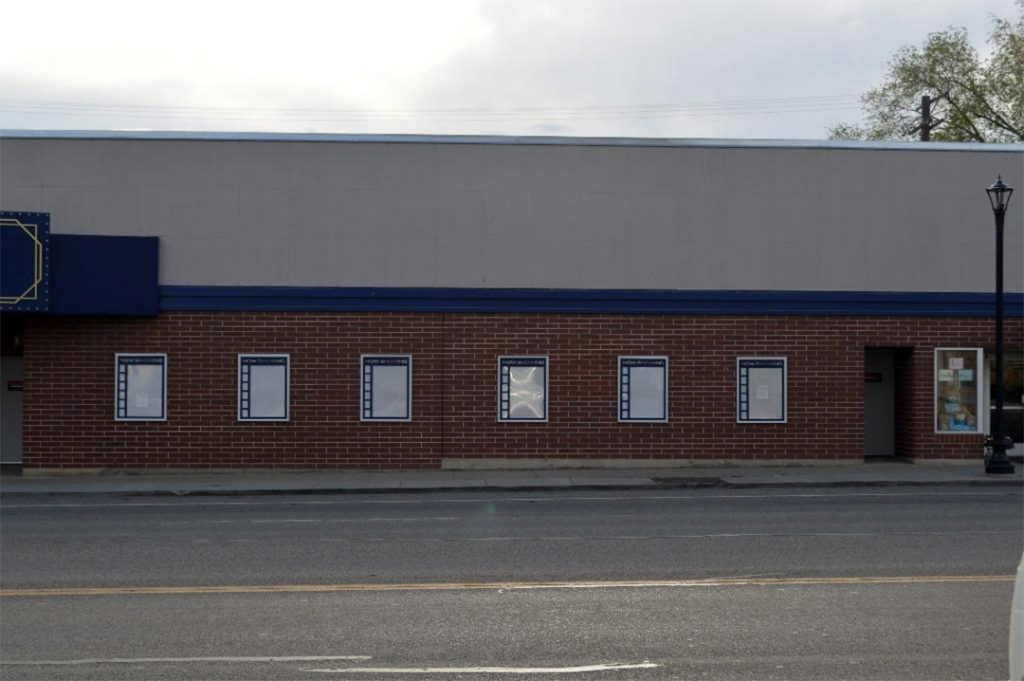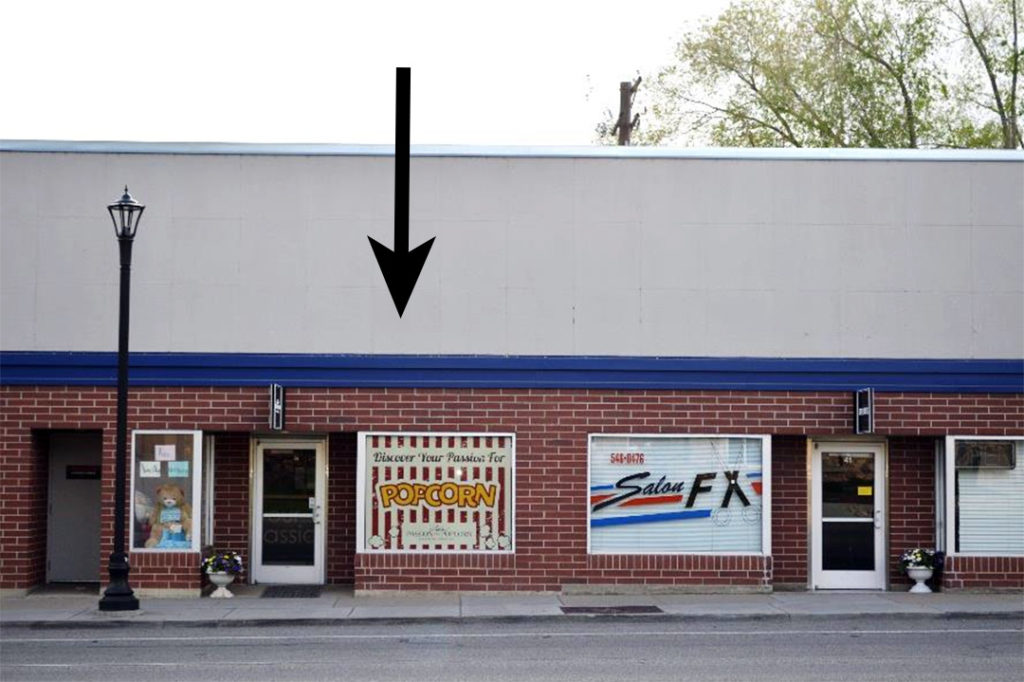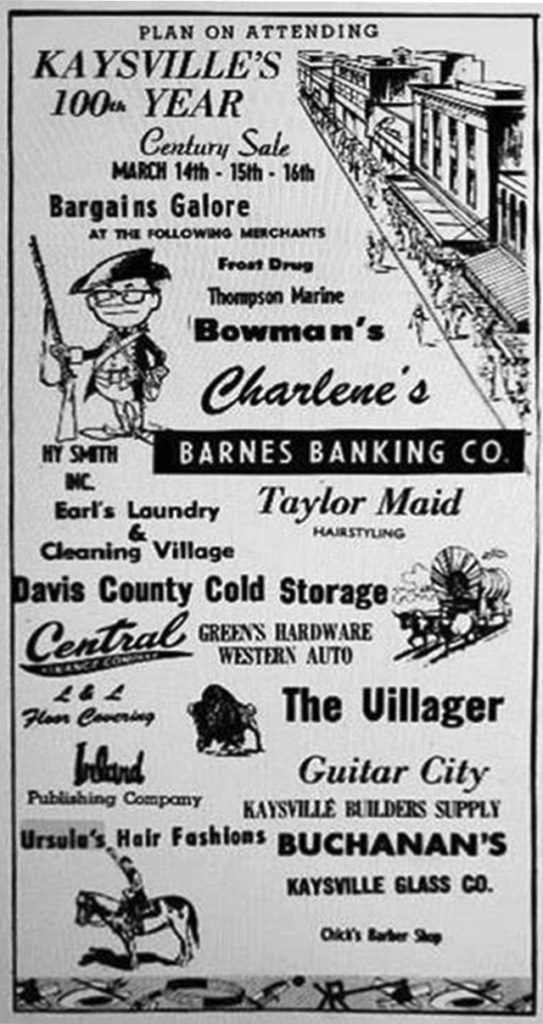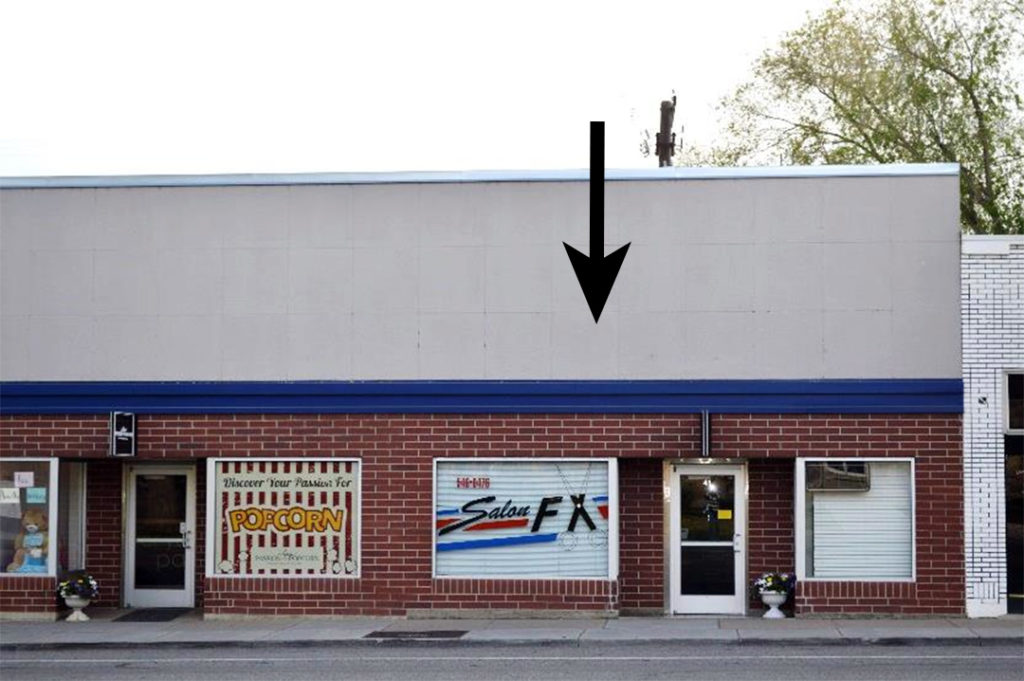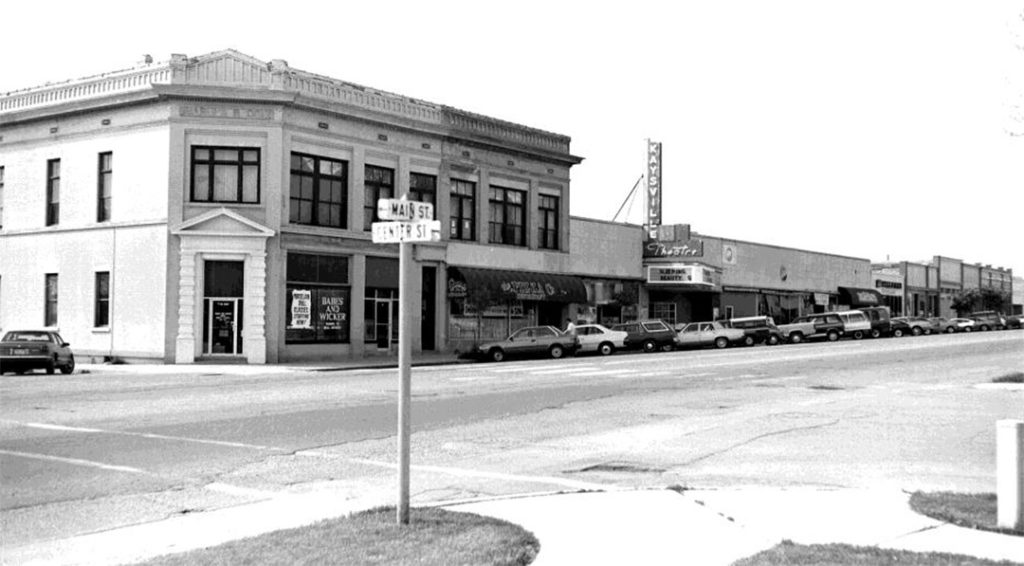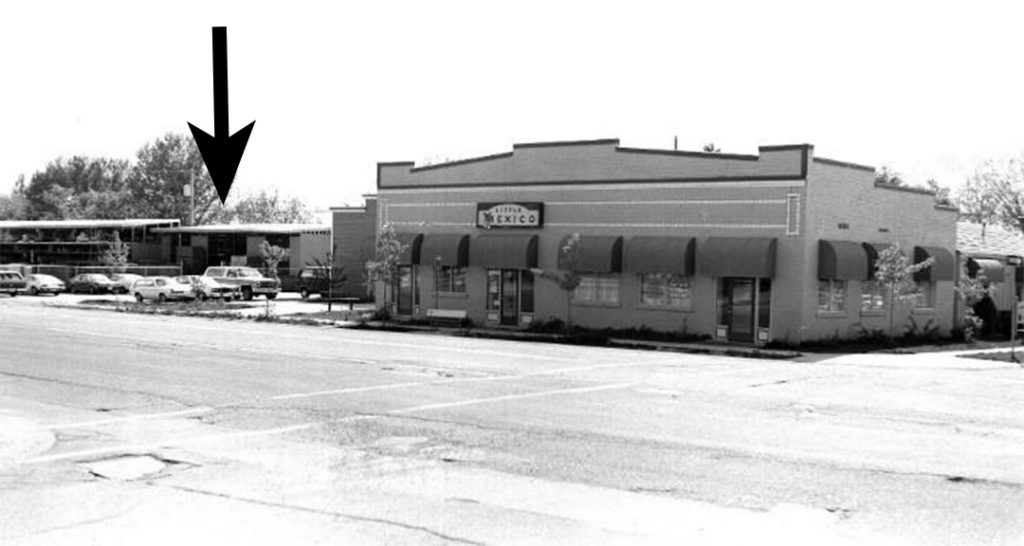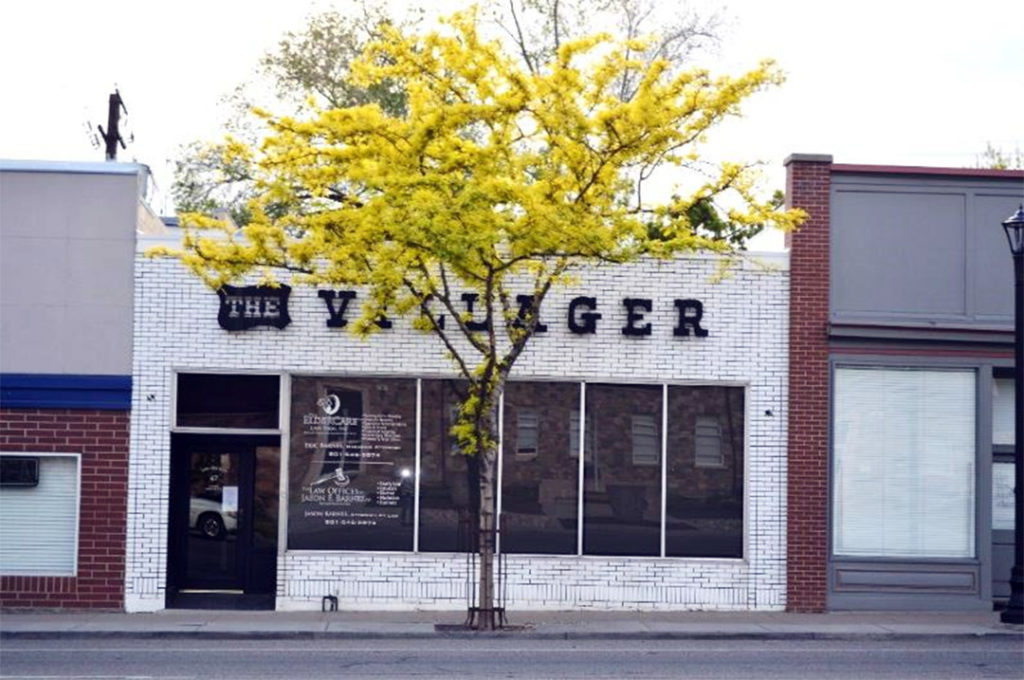Virtual Tour
PRESERVING THE PAST FOR THE FUTURE
OLD TOWN MAIN STREET
Kaysville Main Street Walking Tour
50 South to 49 North
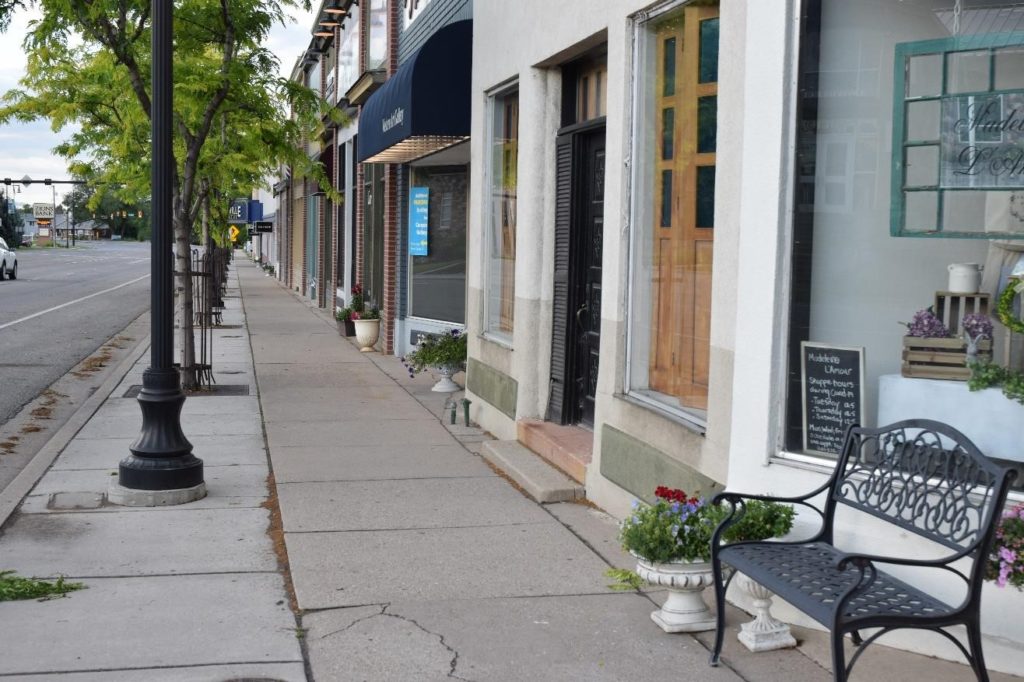 To walk its old streets is to feel the personality of Kaysville City.
To walk its old streets is to feel the personality of Kaysville City.
Why not get up, get out and walk today? Kaysville’s Main Street first appeared about 1854 as the State Road. It, along with the Mountain Road, became main thoroughfares connecting neighboring towns of the county. Kaysville was the first incorporated town in Davis County and settled primarily by English pioneers beginning in 1850. Of the first 29 families to move here, some of the others originated in New York, Vermont, and Kentucky (Preece). This portion of the Main Street tour (part 1) covers the one-block length of the southern most portion west side of Main Street in the historic center of town and is designed to be walked. A fun fact to note is that the odd and even number arrangement reverses at Center Street with odd numbers on the west side to the north and even numbers to the south.
1850 Main Street
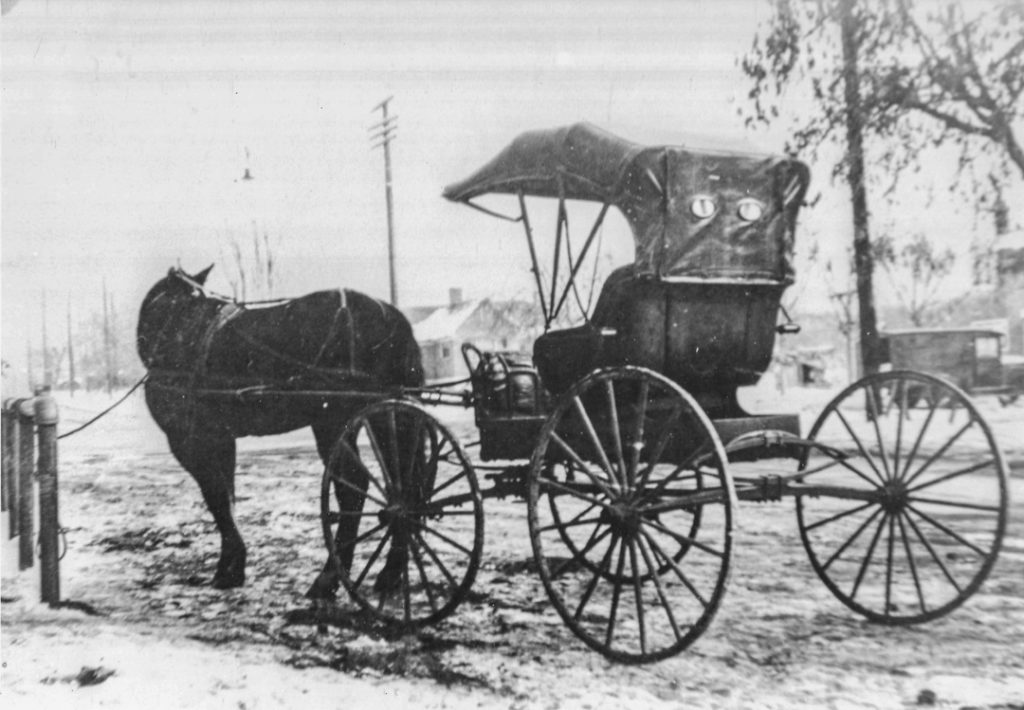 Kaysville’s Main Street first appeared about 1854 as the State Road. It, along with the Mountain Road, became main thorough fares connecting neighboring towns of the county. Kaysville was the first incorporated town in Davis County and settled primarily by English pioneers beginning in 1850. Of the first 29 families to move here, some of the others originated in New York, Vermont, and Kentucky (Preece). Part 1 of the Main Street tour covers the two-block length of the historic center of town and is designed to be walked. Part 2 will be a driving tour of the northern commercial avenue of the town. A fun fact to note is that the odd and even
Kaysville’s Main Street first appeared about 1854 as the State Road. It, along with the Mountain Road, became main thorough fares connecting neighboring towns of the county. Kaysville was the first incorporated town in Davis County and settled primarily by English pioneers beginning in 1850. Of the first 29 families to move here, some of the others originated in New York, Vermont, and Kentucky (Preece). Part 1 of the Main Street tour covers the two-block length of the historic center of town and is designed to be walked. Part 2 will be a driving tour of the northern commercial avenue of the town. A fun fact to note is that the odd and even
number arrangement reverses at Center Street with odd numbers on the west side to the north and even numbers to the south.
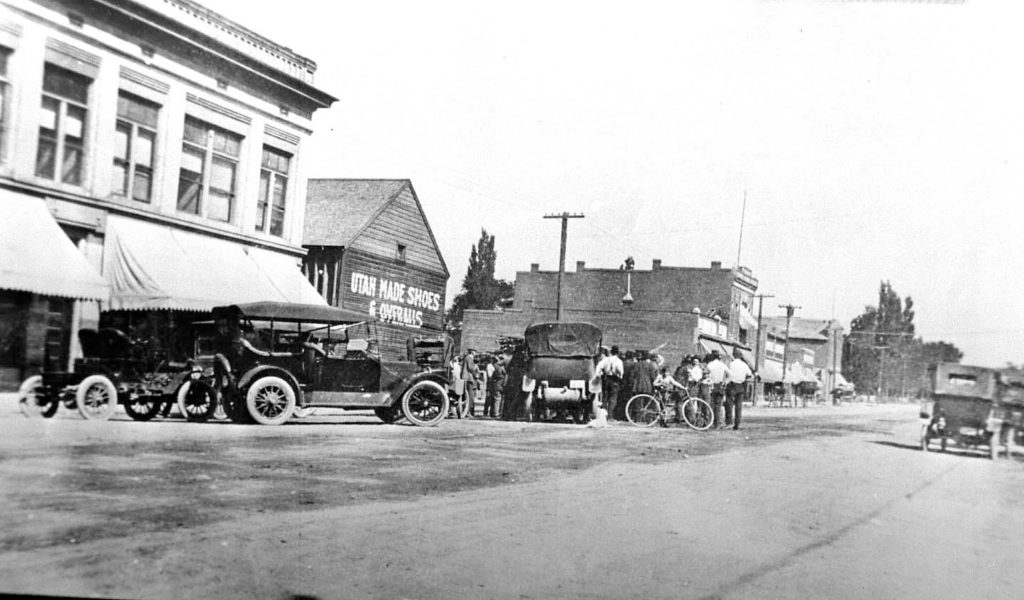 Circa 1920-30’s. Imagine this without cars… and fewer buildings.
Circa 1920-30’s. Imagine this without cars… and fewer buildings.
1854 Town Plat Surveyed
In 1854, Jesse W. Fox, LDS Church surveyor produced a town plat
containing 12 blocks with east-west numbering, 6 blocks with north south orientation named after trees; 7th Street became Main Street.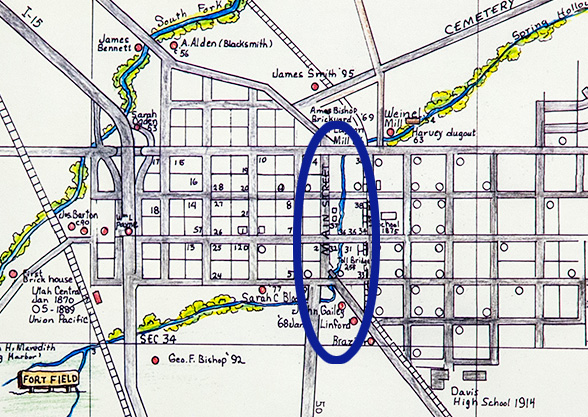
It has been said that water controls the history of the West. Through these blocks ran a life-giving spring-fed stream, the source for which did not come from the mountains as was the usual case. Spring Hollow Creek had steep banks along most of its length. Running year-round it flowed southwest parallel to Cemetery Road, crossed Cherry Street (200 North) and ran along the east side of what was to become Main Street until about Maple Street (100 South) where it turned west (BS ppt) Toll bridge.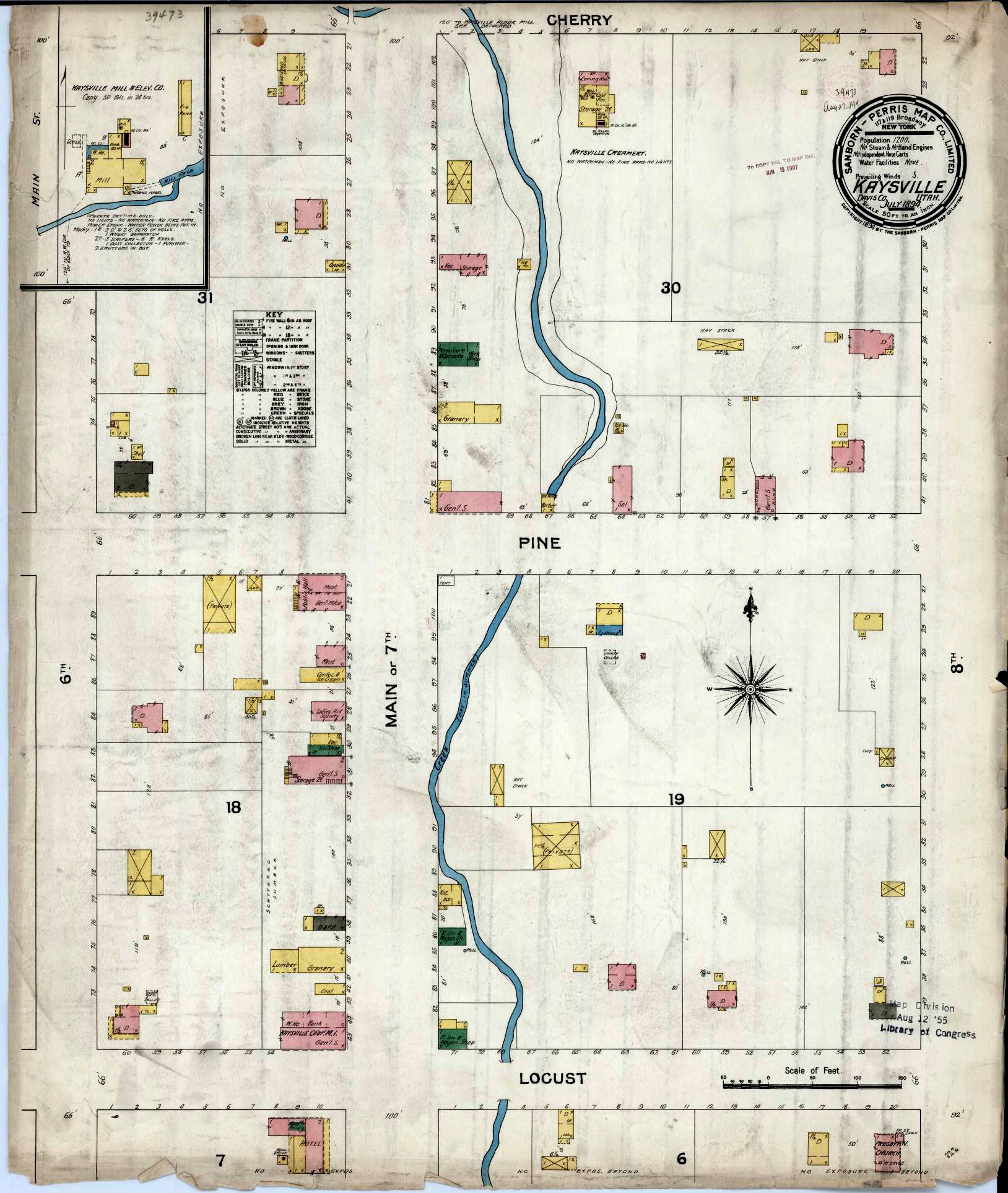
1894 Fireman’s Insurance Map – Library of Congress (external Link)
1944 Modernizing & Remodeling
From there and back again is one theme of the history of Kaysville. In 1944, members of the business community were anxious to present a modern face to visitors. As a result of that concern, the second story of many buildings were removed, and the fronts spruced up. This concern was instigated by a new development on the west side of Main Street begun by Ray Ashton. About forty years later a redevelopment agency was formed in 1980 because of the “eroding downtown business district” with federal block grant funding. A fire on April 1st of 1983 “spurred the recent redevelopment. The Layton and Sanders buildings took on a new look as they were remodeled “to resemble turn-of-the century type architecture.” (Lakeside) The Weekly Reflex printed an article in 1922, boasting of Chamber of Commerce “where men and women are admitted on equal terms.” The 19th Amendment had recently passed, and citizens strove for equality and progress, a work that continues in 2020. The club’s president was W. P. Epperson, Mrs. J. W. Thornley, vice president, and H. L. Gleason, secretary.
50 South Main Street
Begin at about 50 South on the west side of the street and continue walking north until you reach 200 North.
Inland Printing
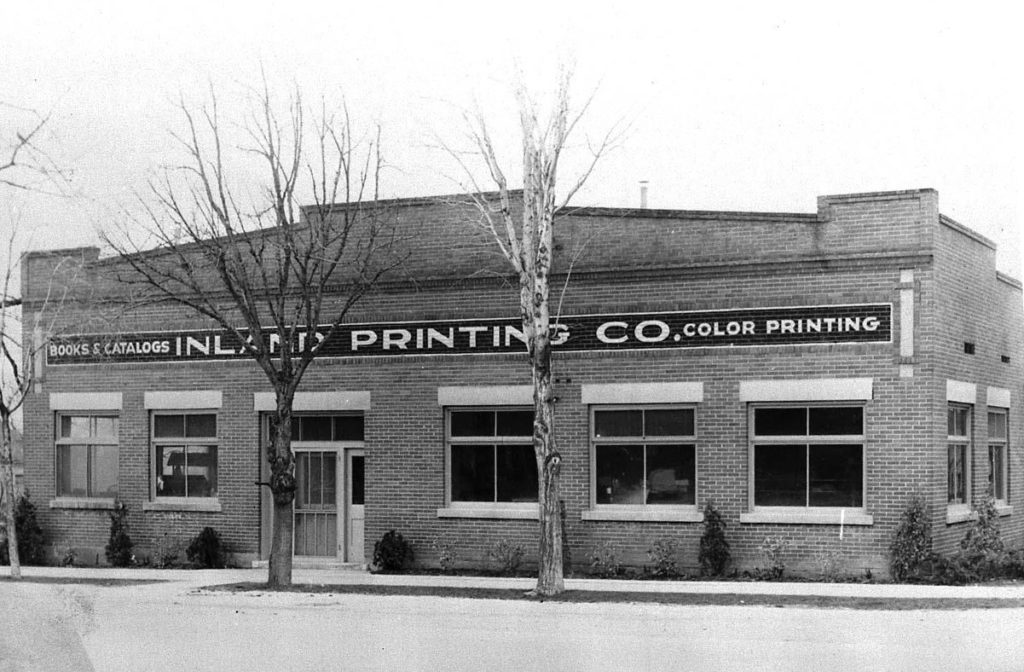 The first newspaper to be published in northern Davis County The Kaysville Eagle was handprinted in 1893 in a west room of the Egbert Hotel by William E. and Eva B. Smith. The Kaysville Eagle was short lived as the Smiths moved in 1894 to American Fork where he continued in the publishing trade. In 1896, another attempt at the printing business was made by John V. Young, editor of the Kaysville Post, but it, too, lasted only a short time. (Collett)
The first newspaper to be published in northern Davis County The Kaysville Eagle was handprinted in 1893 in a west room of the Egbert Hotel by William E. and Eva B. Smith. The Kaysville Eagle was short lived as the Smiths moved in 1894 to American Fork where he continued in the publishing trade. In 1896, another attempt at the printing business was made by John V. Young, editor of the Kaysville Post, but it, too, lasted only a short time. (Collett)
In 1911, John S. White returned from editorial studies in California and bought out the Davis County Argus, which he moved from Farmington to Kaysville and housed a new publication, The Weekly Reflex, in a building across Main Street midblock. Three Kaysville businessmen John R. Barnes, John R. Gailey, and Henry H. Blood were interested in keeping it permanently within the community and so, purchased the business early in 1912 when Mr. White decided to move on. Providentially, … William Perry Epperson and his son Clyde Ashley arrived in Kaysville who had experience in newspaper publishing. Circulation and advertising increased significantly, making a quality publication. A new organization, the Inland Printing Company was formed in 1916 and new building was erected about 1919 on the site of the pioneer Egbert Hotel. Continued modernization in 1921, progressive editorials and bright column humor by a new editor in 1952, Mary Bonnemort Bowring, made for an extremely popular newspaper. (Collett)
Egbert Home & Hotel
Egbert Home 1875.
(Photograph courtesy of FamilySearch)
Joseph and Louisa Egbert built a home at this location about 1860. It was a two- story building with porches and a brick addition on the west. Seven years later they turned their home into a hotel at the request of Brigham Young. Because it was located halfway between Salt Lake City and Ogden, a waystation or overnight resting place was needed for travelers. Soon it became a social center for the town’s people.
The hotel was run by Joseph and his wife, Louisa. Later, it evolved into the Sims Hotel. It served as a stopping place for drummers (salesmen) and dramatic troupes. It went by the name of Kaysville Hotel under management of Rachel Mansell, too. After that, the structure was torn down in 1919 to build the new of the home of the Weekly Reflex and then the Inland Printing Company.
Joseph helped build a log toll bridge over the stream gully near the hotel. The toll was 10 cents per wagon and 25 cents if you tried to cross on your own and needed to be pulled out.
WWI support parade near Egbert Hotel 1919. (Heritage)
Barnes Banking Company
The 1891 bank was organized by John R. Barnes who became its first president. The first structure been attached to and then incorporated into the K.C.M.I. building but was torn down with the demolition of that building. Architect William Allen designed the new Barnes Block building which replaced both businesses. After the 1910 construction, the bank switched addresses taking on 11 Main Street. The co-op store used the north portion of the building.
Barnes Banking Company occupied the south end of this building until 1958. A portion of the building facing Center Street held the town’s post office which had previously been in the north end of the cooperative. The institution grew and prospered over decades. A newspaper article written 1922 stated that it “continues to be a never-failing source of help in the progress of the community.” (Prosperous)
Dick Gailey and Allen Blood in old Barnes Bank in Barnes Block building.
Kaysville Co-op Mercantile
Photo of Kaysville Co-op (far left) and John R Barnes Bank, the little white building in the center which had the address 13 North.
John R. Barnes sold goods out of his home in 1865. A few years later under his guidance at the northwest corner of Main and Center Streets the Kaysville Cooperative Mercantile store was erected with Barnes as the superintendent. KCMI or the Kaysville Co-op as it was called was granted business license from Kaysville City in the spring of 1870. It was a satellite of Z.C.M.I. in Salt Lake City which had started around 1868, the cooperative movement spreading to other settlements. Three other businessmen, Ebenezer A. Williams, William Blood and John Bennett combined their stock from separate stores to join the cooperative. It became one of the most firmly established institutions in the state. It was remodeled in 1895 with a new front that included the bank.
Following a directive from President Taylor of the LDS Church, K.C.M.I. changed from a cooperative store into an incorporated, profit-making one in 1891. In 1910, a new building, the Barnes Block, was erected, and business continued until the late 1920s. George W. Barnes was recorded in 1922 as the manager, and later J. J. Bowman. (General Merch Stores)
Taken about 1909. Some of the people are left to right – Myrtle Owens, John G.M. Barnes, Maurice Barnes, John W. Gailey, George W. Barnes, Teddy Edmonds, George F Bishop, Tom Nichols, Dick
Coal Shed, Lumber Yard, Granery
Looking south from Barnes Block building to Egbert Hotel
In the early years of the 20th century, the open lot between K.C.M.I. and the Sheffield store consisted of a coal shed, a lumber yard and a granary. Selling coal and lumber was a big part of the co-op’s business. There was also had a granary for the storage of grains mostly for animal feed, etc. People often paid their Co-op bills with grain.
Part of this space later was incorporated into the Barnes Block building which K.C.M.I. used. The last manager, J. J. Bowman, purchased the stock and building of K.C.M.I. to establish his third Golden Rule store in 1927. A 1922 article described the Kaysville Golden Rule Store as “one of the fixed, solid merchant institutions of the city.” (Prosperous)
J.J. later changed the name to Bowman’s Super Market. He rented additional space on the south, then on the north for a dry goods department. Dick Bowman took over this business after the death of his father and continued to run a supermarket here until a new store was built in 1957 at 69 East 200 North.
Bowmans Supermarket, Buchanan's, Celestial Cleaners, Pizza Co., Shoe Repair
Bowman’s Market expanded their store at 11 North Main north to include a new portion at 13 North Main. The general merchandise stock was moved to this part of the store adjacent to the Barnes Block building. The grand opening was held on Saturday February 14, 1948 with standing room only.
In 1957, when Bowman’s new store was built on 200 North, Buchanan’s Department store, managed by Dwain and Ann Buchanan, took over the portion in the Barnes Block building at 11 North Main. Buchanan’s was in business at that location from 1959 to 1976. Howard and Associates, Bert and Ernie’s Sandwich Shop, then The Pizza Company followed in the north end of the Barnes Block building during subsequent years.
The part of Bowman’s that had been to the north in part of the Ashton Development, was occupied by various businesses after Bowman’s left. Celestial Cleaners was the occupant at 13 North Main from 1959-1963. Ray’s Shoe Repair and Davis County Farm Co-op offices were at 15 North Main Street during the late 60s to at least 1982.
Twins Jack and Jill Buchanan in front of their parents’ department store with grand opening sign in window. 1959. (Reflex)
Looking North
A successful business such as Earl Tall’s Garage or The Golden Rule/Bowman’s Grocery stayed in business a long time but moved around as its needs grew. Trying to keep track of where each store was located can be confusing. Our suggestion is to just enjoy the pictures rather than try to figure it out.
Kaysville Building Ray Ashton Structures
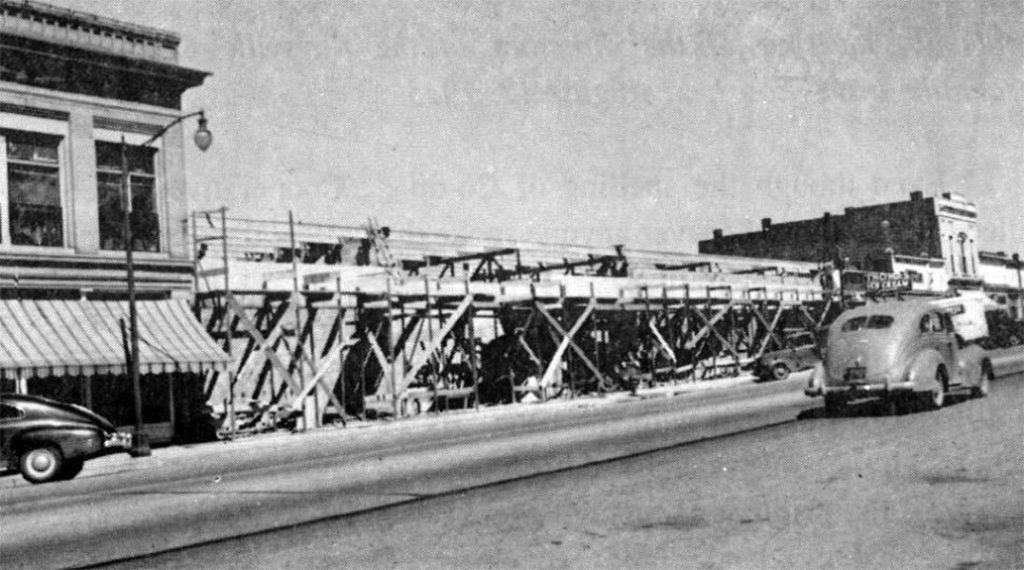 Kaysville Theatre Building or Ashton Building during construction 1946-1948
Kaysville Theatre Building or Ashton Building during construction 1946-1948
At one time, this area was the lumber and coal yard for the Kaysville Co-op. Around 1944, Ray Ashton, contractor and architect, moved to Kaysville and was contracted to design a new City Hall at 44 North Main – now the historic rock building. He also bought this property on the west side of Main Street and began to develop it. He filled in the space between the Barnes Block building and the Sheffield store with a modern structure. His building included two office spaces, a theater, a drug store, and two more office spaces.
Work started on the Ashton building located between 100 North and Center Street the week of July 25, 1946. Permission to proceed by the Civilian Production Administration (CPA). All commercial construction required approval by the CPA, as this was still soon after WWII and supplies were still hard to get. The project which was expected to be completed in 1947 was delayed by material shortages.
When Ashton moved into a home on Cemetery Road, he hated the neame and made sure that it was changed to Crestwood Road. Note the name of the Main Street development in the artist concept drawing.
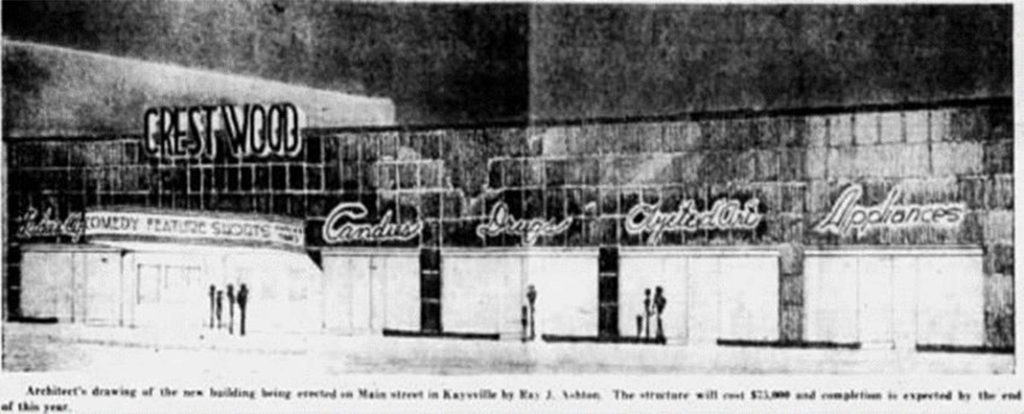 Artist concept of the Ray Ashton Main Street development
Artist concept of the Ray Ashton Main Street development
(The Weekly Reflex July 25, 1946)
Kaysville Theater
The Kaysville Theatre opened for business on Saturday February 14, 1948 after the Grand Opening ceremonies for the Ashton building. Cliff Ross was the first manager. The theatre was air conditioned throughout and had upholstered seats. Seating capacity was for 550 persons. A cry room on the rear balcony was provided so mothers can tend their infants while enjoying the show.
The first show on the play bill was “The Wistful Widow of Wagon Gap” and selected short subjects. The price for the show was 45 cents for adults and 14 cents for children. On opening night, it was filled to capacity. The first owner, a man who had moved from New York the previous year kept his enterprise in operation only for about one year. 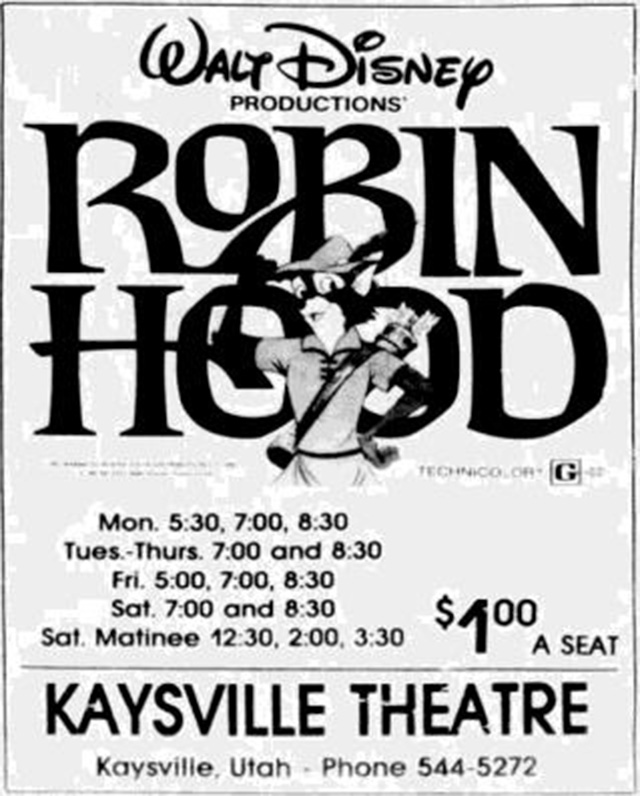 Lee and Vera Liston owned the theater from 1949-1966. It was one of the only hang outs open to students in this small town for many decades – other than and burger joints.Until 1985, only G and PG movies were the traditional showing.
Lee and Vera Liston owned the theater from 1949-1966. It was one of the only hang outs open to students in this small town for many decades – other than and burger joints.Until 1985, only G and PG movies were the traditional showing.
In the lobby of the theatre – which also opened up to the drug store – was a perpetual art gallery. The exhibit was supervised by LeConte Stewart and featured works of Utah artists.
The theater was remodeled under new management in 1969. Over almost two decades, ownership or management changed hands several times until Bill and Mary Call became owners in 1987. It was expanded to take over the space previously occupied by the drug store. Instead of one larger theater, several movies could now be shown in three different viewing rooms.
Before the Kaysville Theatre was built, residents had to go to Salt Lake or Ogden to find a local theater. However, silent movies were shown in the Opera House on 2nd West near Center Street and the second floor of the Williams Building. Movies were also shown in the schools and churches.
Frost Drug
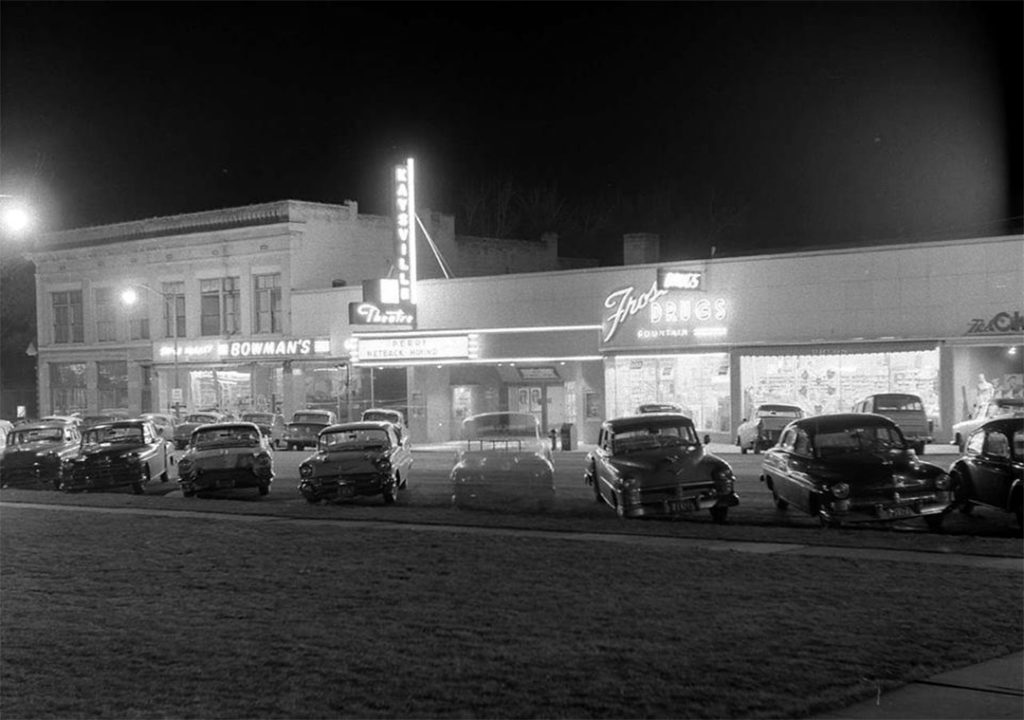 Frost Drug ca. 1958 after expansion into previous location of Stewart’s Gift Shop. ca 1950s (Anderson)
Frost Drug ca. 1958 after expansion into previous location of Stewart’s Gift Shop. ca 1950s (Anderson)
Note the cool ghost car in the exposed photograph.
See part of The Charm Shoppe sign on far right
Frost Drug opened on Saturday March 20, 1948 with Leland and Elden Frost and Reed Gunnell as owners. It featured a pharmacy, soda fountain and sold cosmetics etc. In 1957 they expanded their store to double its size. They bought the vacant store to the north which had formerly been the Stewarts Gift Shop and relocated their soda fountain area. The Frosts retired in 1971. Gordon Peterson took over as Kaysville Drug and then moved his store in 1978 over to the new Village Square at 352 North Main Street.
Stewarts Gift Shop held their grand opening on Saturday, February 14, 1948. It was owned by Zipporah Stewart and featured German dolls, handicrafts, and children’s books. She built a new store at 149 North Main and expanded her line of gifts to include bridal registry. Her new shop opened on April 8, 1955.
Photograph from newspaper article about the grand opening of the first Stewart’s Gift Shop. 1948.
Emelee’s, The Charm Shop, Charlene’s / Meiners Photography Studio / Hay Day Cloggers
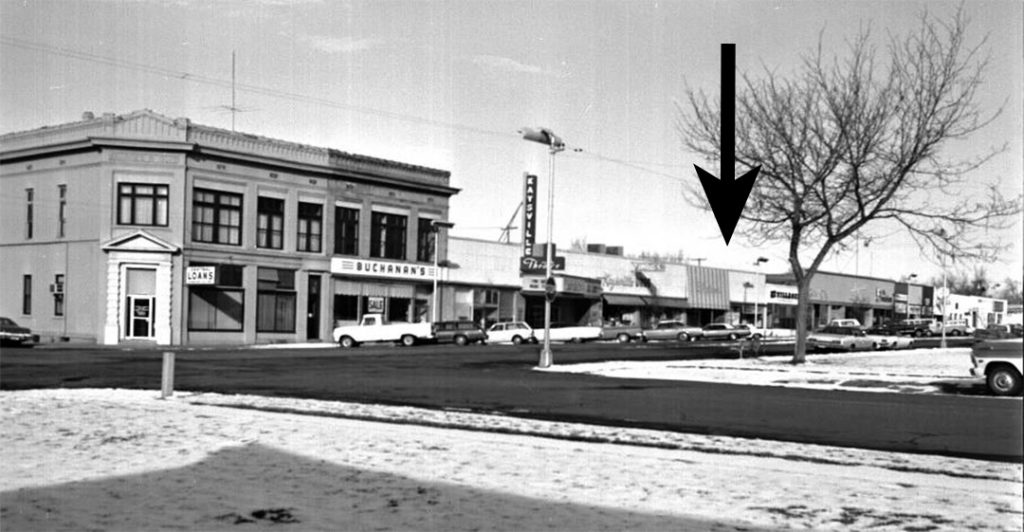 Downtown Kaysville, May 1976. Notice the snow in May
Downtown Kaysville, May 1976. Notice the snow in May
– typical Utah weather. (Anderson)
The 37 North Main Street address did not open when the other Ashton Building stores did in 1948. It was designated from the beginning as a lady’s dress shop. The 1953 telephone book listed Meiners Photography studio in this location.
Emelee’s Lady’s Ready-to-Wear began business in Kaysville in about 1954. It was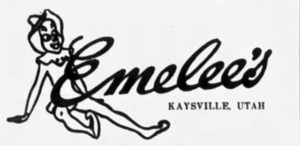 owned and operated by Emeline Hansen. She also had an Emelee’s located in Bountiful and Salt Lake City. On Friday November 8, 1957, Edna Trimble and Ellen Halvorsen opened The Charm Shoppe at 39 North Main. They ran the store until August 1962 when Charlene Larsen took ownership and changed the name to Charlene’s. Charlene ran the store until sometime in the 1970’s.
owned and operated by Emeline Hansen. She also had an Emelee’s located in Bountiful and Salt Lake City. On Friday November 8, 1957, Edna Trimble and Ellen Halvorsen opened The Charm Shoppe at 39 North Main. They ran the store until August 1962 when Charlene Larsen took ownership and changed the name to Charlene’s. Charlene ran the store until sometime in the 1970’s.
In 1986, this long-time dress shop spot was taken over by The Hay Day Cloggers, a dance studio, adding to the dance tradition on Main Street. The school was owned by Eric and Jodie Bourne Orton who expanded into the northern building as their business grew.
Parker Radio and Appliance / Monarch Jewelers / Hair Salons
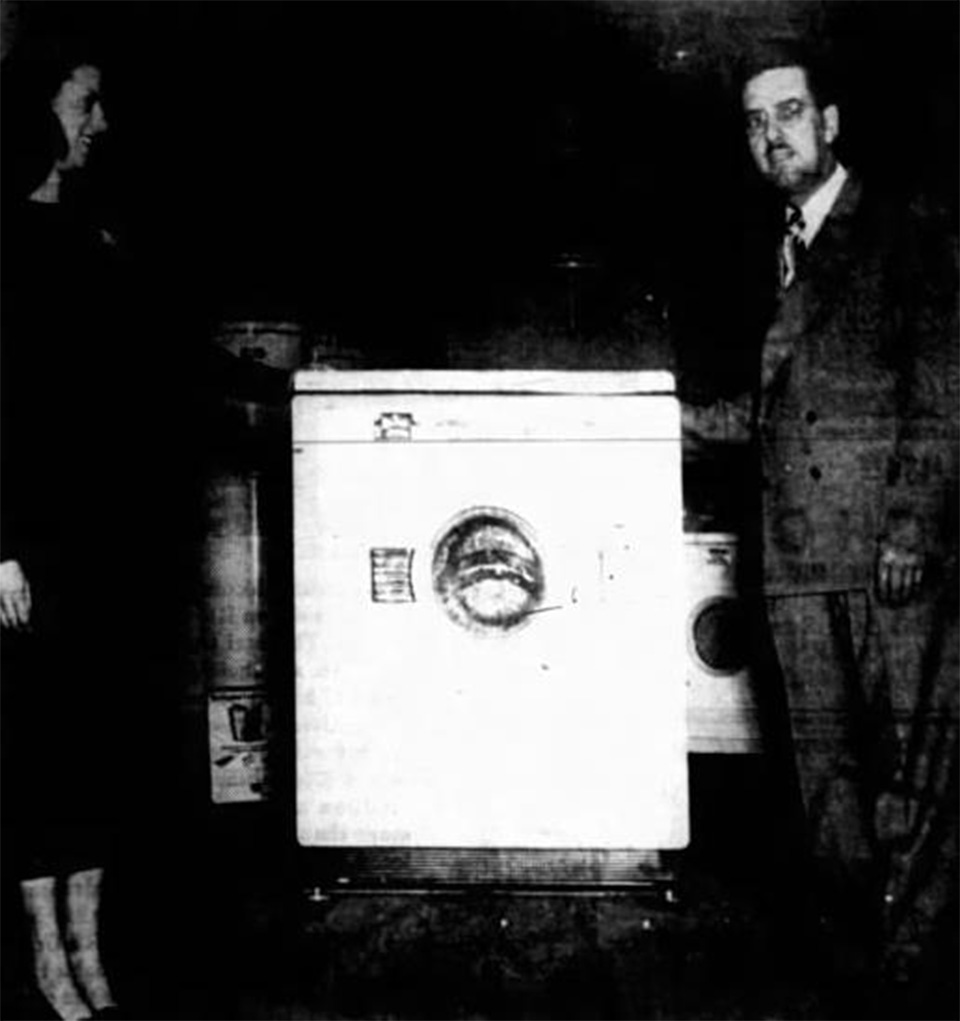 Parker Radio and Appliance Store (The Weekly Reflex April 14, 1949)
Parker Radio and Appliance Store (The Weekly Reflex April 14, 1949)
Part of the Ashton complex, Parker Radio and Appliance Store opened on February 14, 1948. William Parker, the owner, was an instructor of Industrial Arts at Davis High School. He sold radios, TVs and appliances. He moved from the Kaysville location at 41 N Main to Layton sometime in 1953 when Monarch Jewelers moved into the premises.
Ann Logan owned beauty salons in several places beginning with Ann’s Beauty Salon 1959-1961, “Taylor Maid Hairstyling” in 1963 at 41 North Main Street which changed names in 1973 as “The Hen Hut”. She stayed at this location until 1983 when she moved her shop to 52 E 200 North and Julie and Mike Jones opened “Village Hair”. In 1988 it was operating under the name “Village Nail”.
1968 Advertisement for Kaysville Merchants, Main Street.
E. L. Linford Building / Thomas Lunch and Tap Room and Duck Pin Alley / Larkin’s Café / The Villager
The Edward L. Linford Building was constructed and opened around 1927. Walter D. Thomas had planned to open a luncheonette on the ground floor and asked Linford for permission to excavate a larger basement in order to install a modern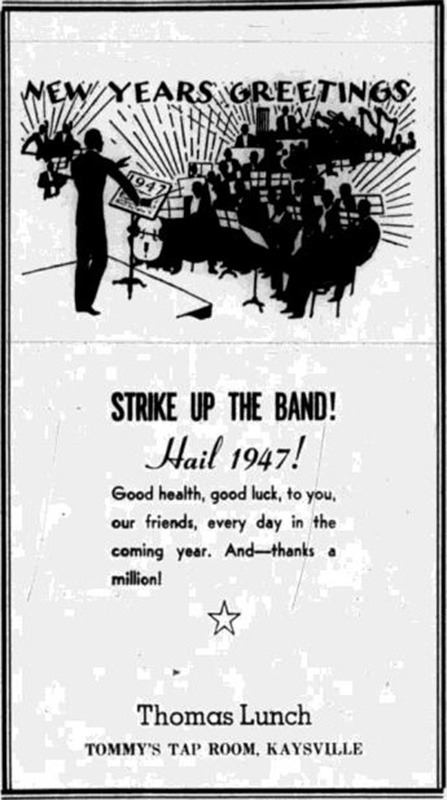 bowling alley which would be open during the winter months. He may have only operated for a couple of years. In 1937 a newspaper article stated that the bowling alley was reopening as the Kaysville Bowling alley under Earl Tall. Immediately it became a popular spot. The game was of a particular type called Duck Pins. It was a winter sport played in a similar manner to bowling, but with a reduced size of lane and stubbier shaped pins. There was a Kaysville women’s league and an Inland
bowling alley which would be open during the winter months. He may have only operated for a couple of years. In 1937 a newspaper article stated that the bowling alley was reopening as the Kaysville Bowling alley under Earl Tall. Immediately it became a popular spot. The game was of a particular type called Duck Pins. It was a winter sport played in a similar manner to bowling, but with a reduced size of lane and stubbier shaped pins. There was a Kaysville women’s league and an Inland 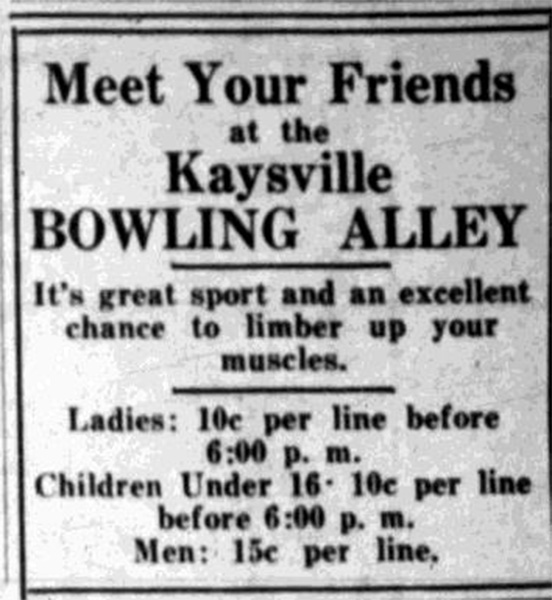
Printing bowling team with George and Jack Barker on the team. Tall’s leagues played 1937-1940.In 1941, Thomas Lunch re-entered the premises and stayed to 1949 with Tommy’s Tap Room on the ground level with pool tables downstairs. In 1949 Tommy moved to Iowa and sold to Lloyd and Larry Larkin who opened a café on ground level. They added a tap room in the basement. Larkins were in business until the Villager café took over about 1967. The white brick face was added about that time.
